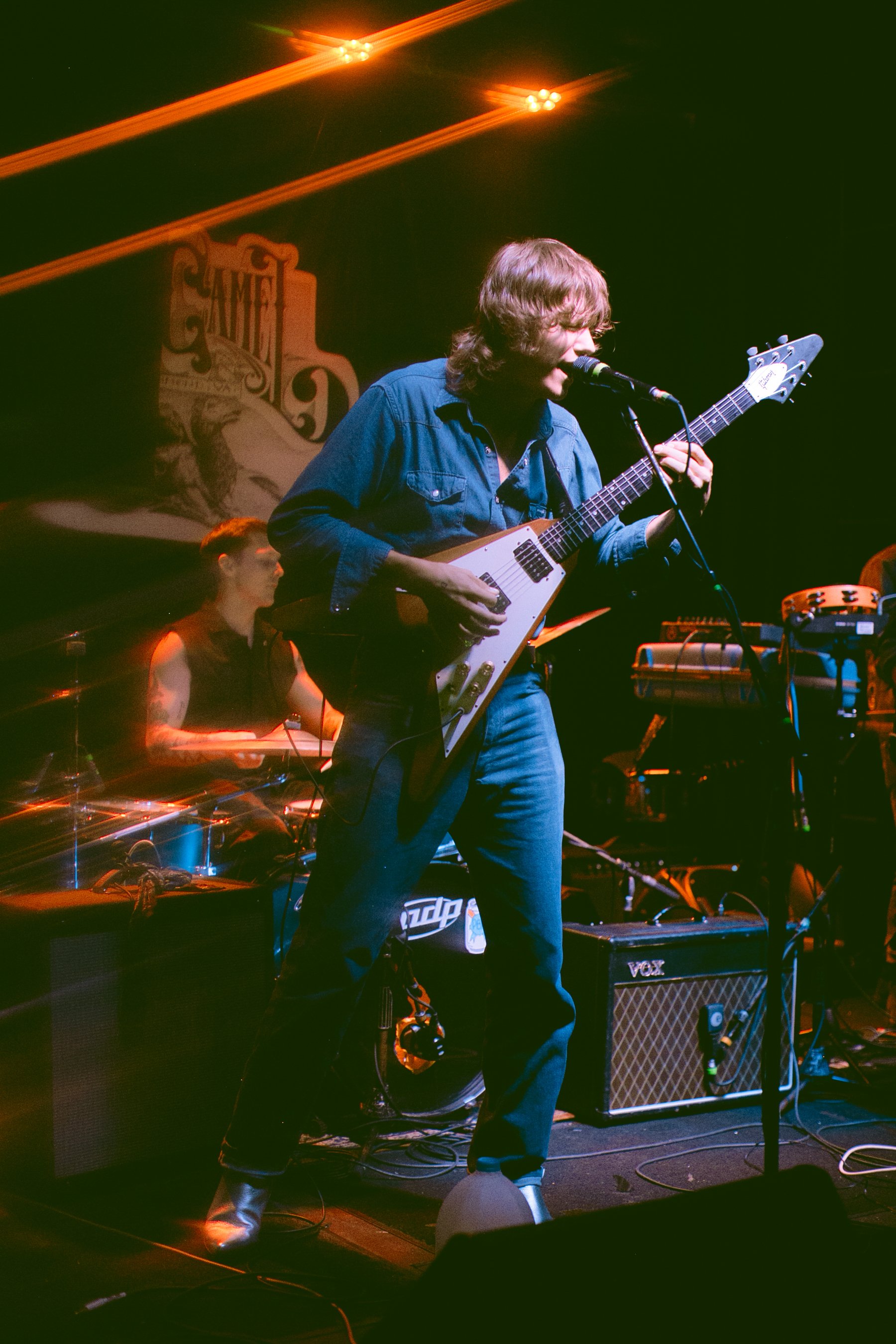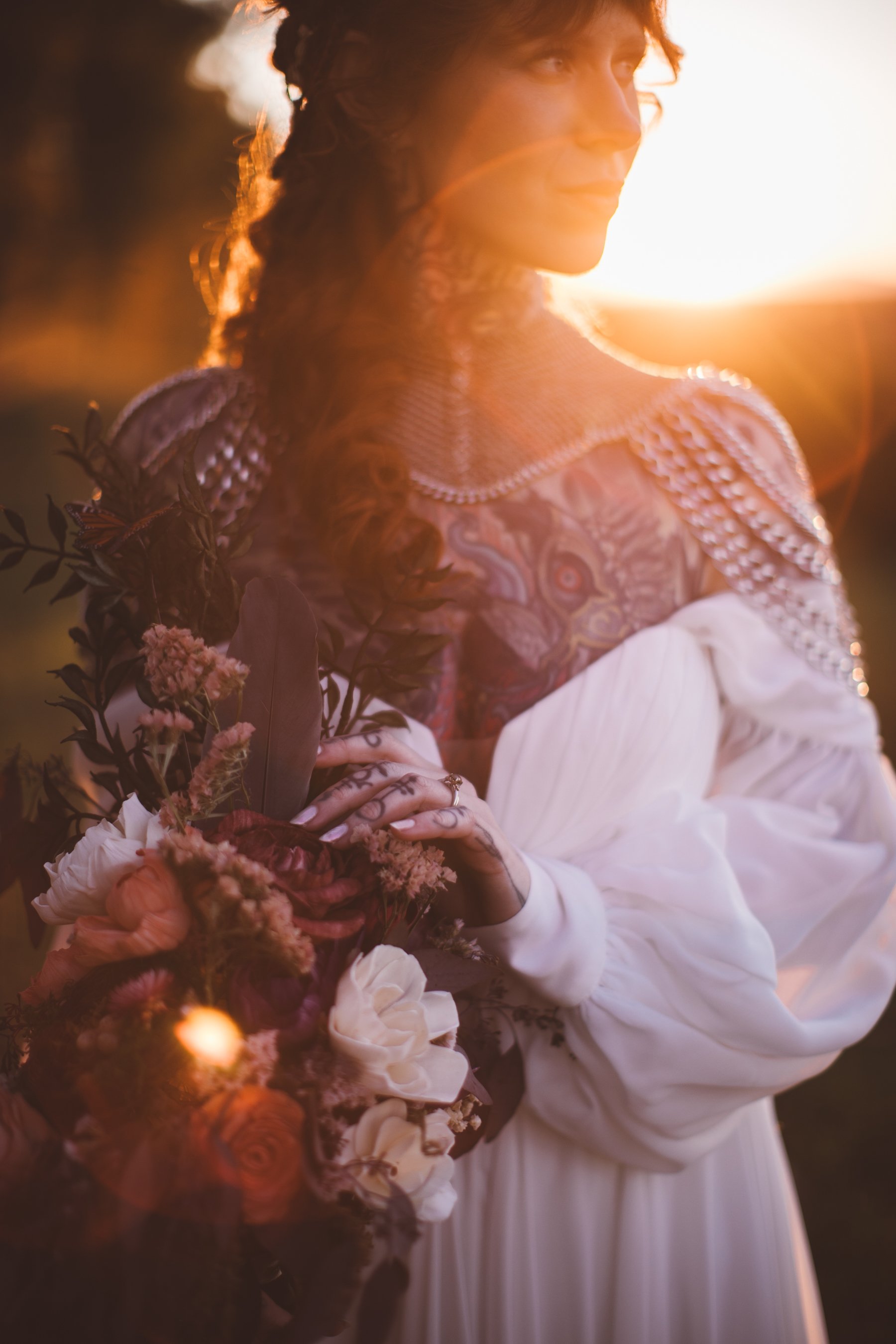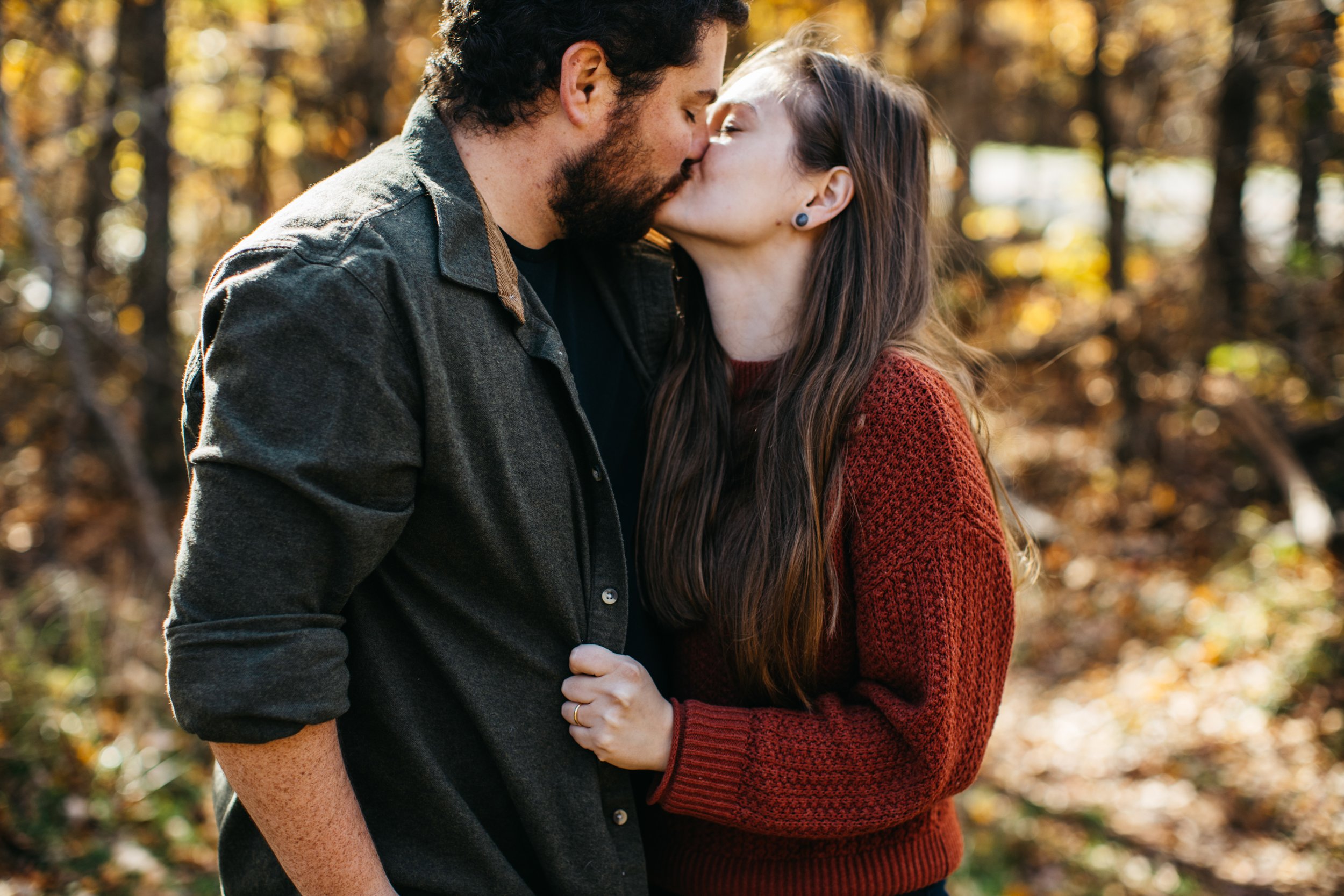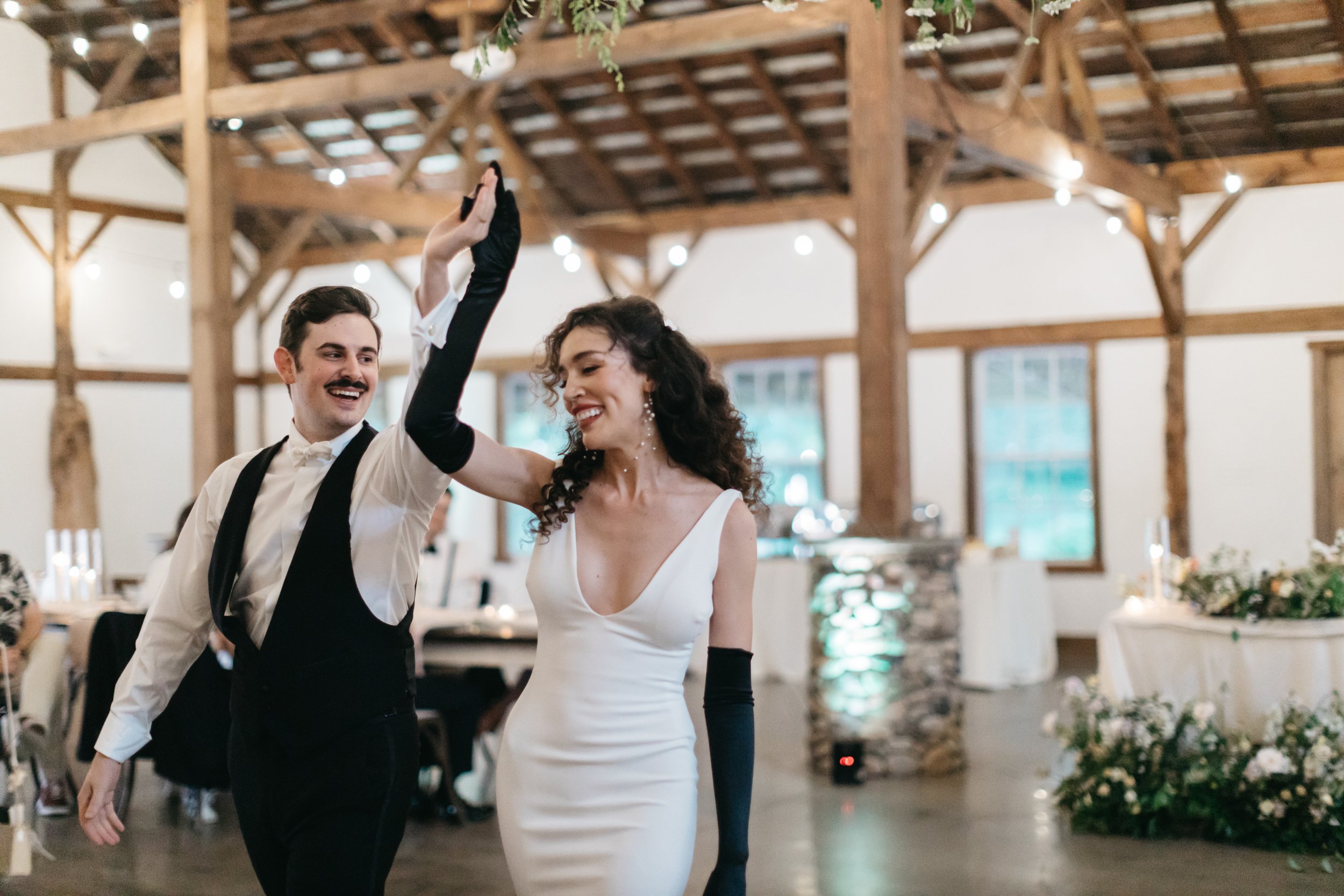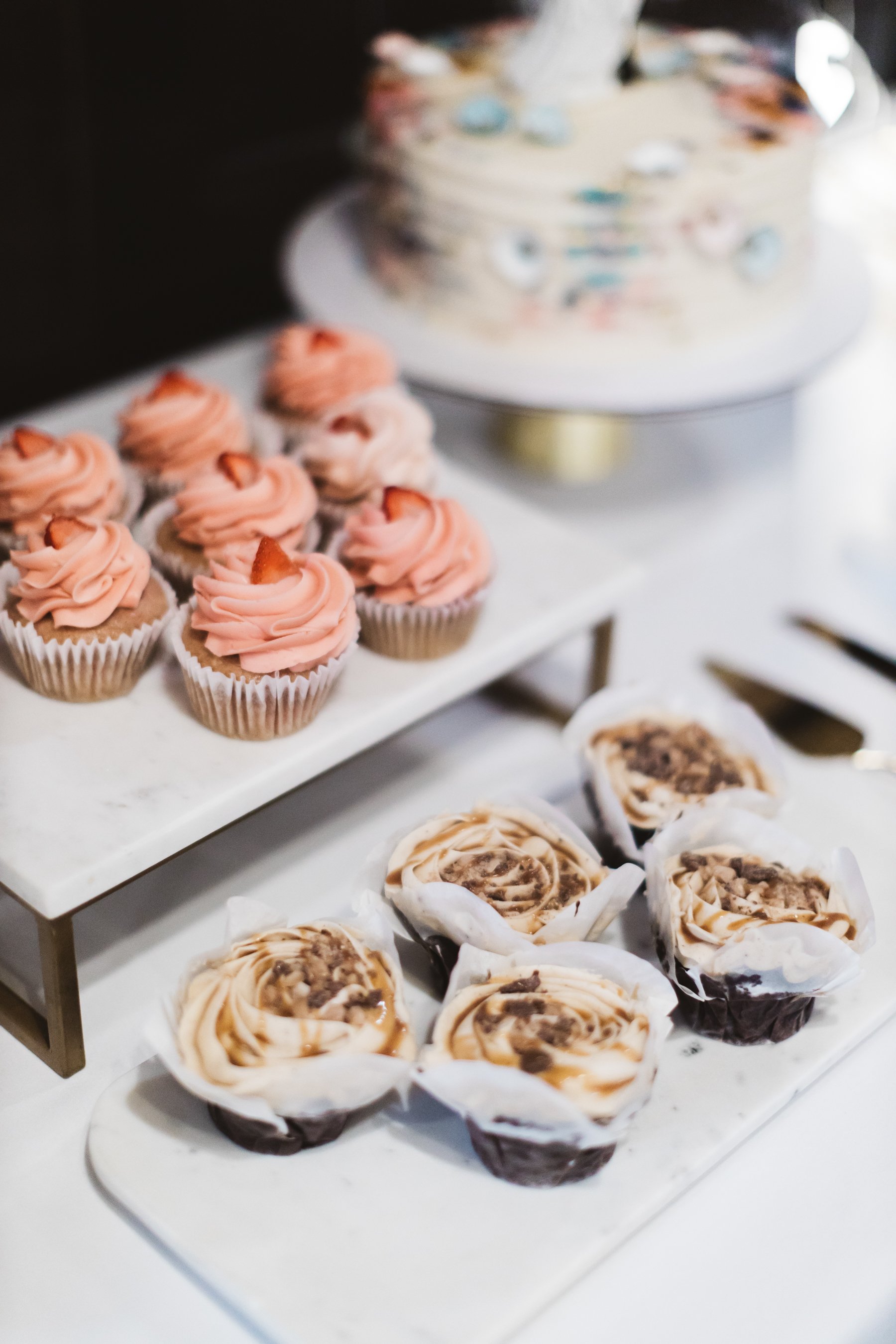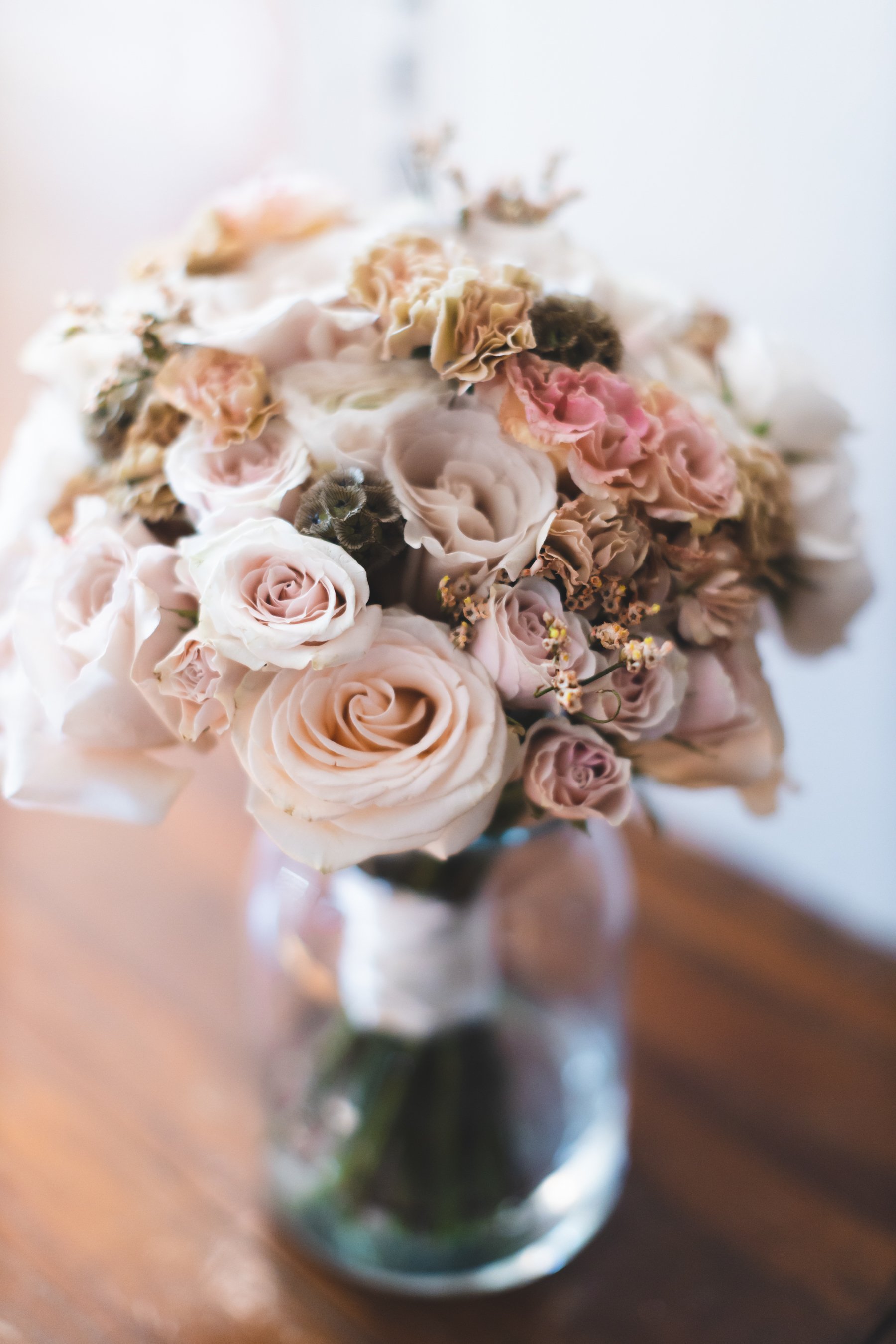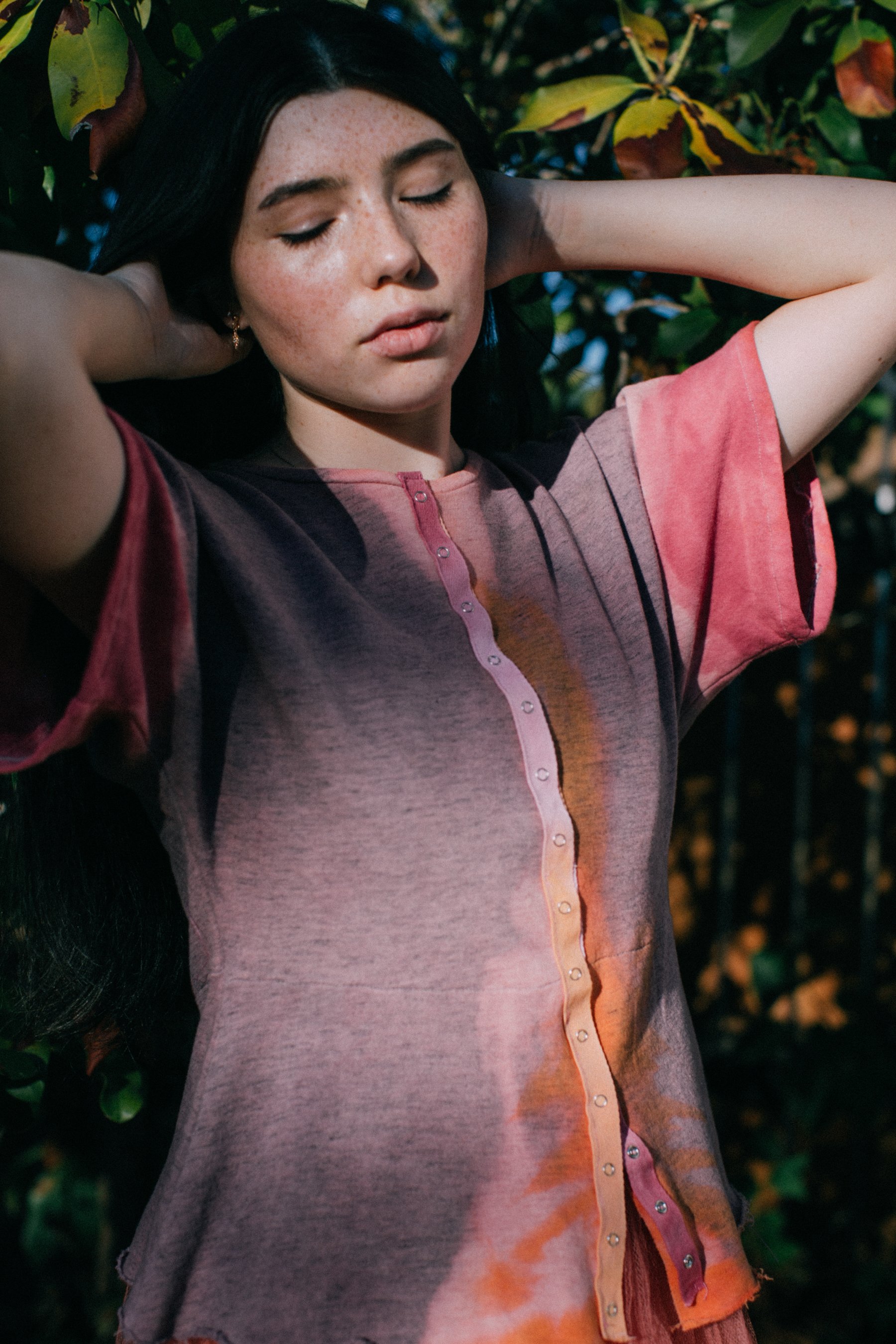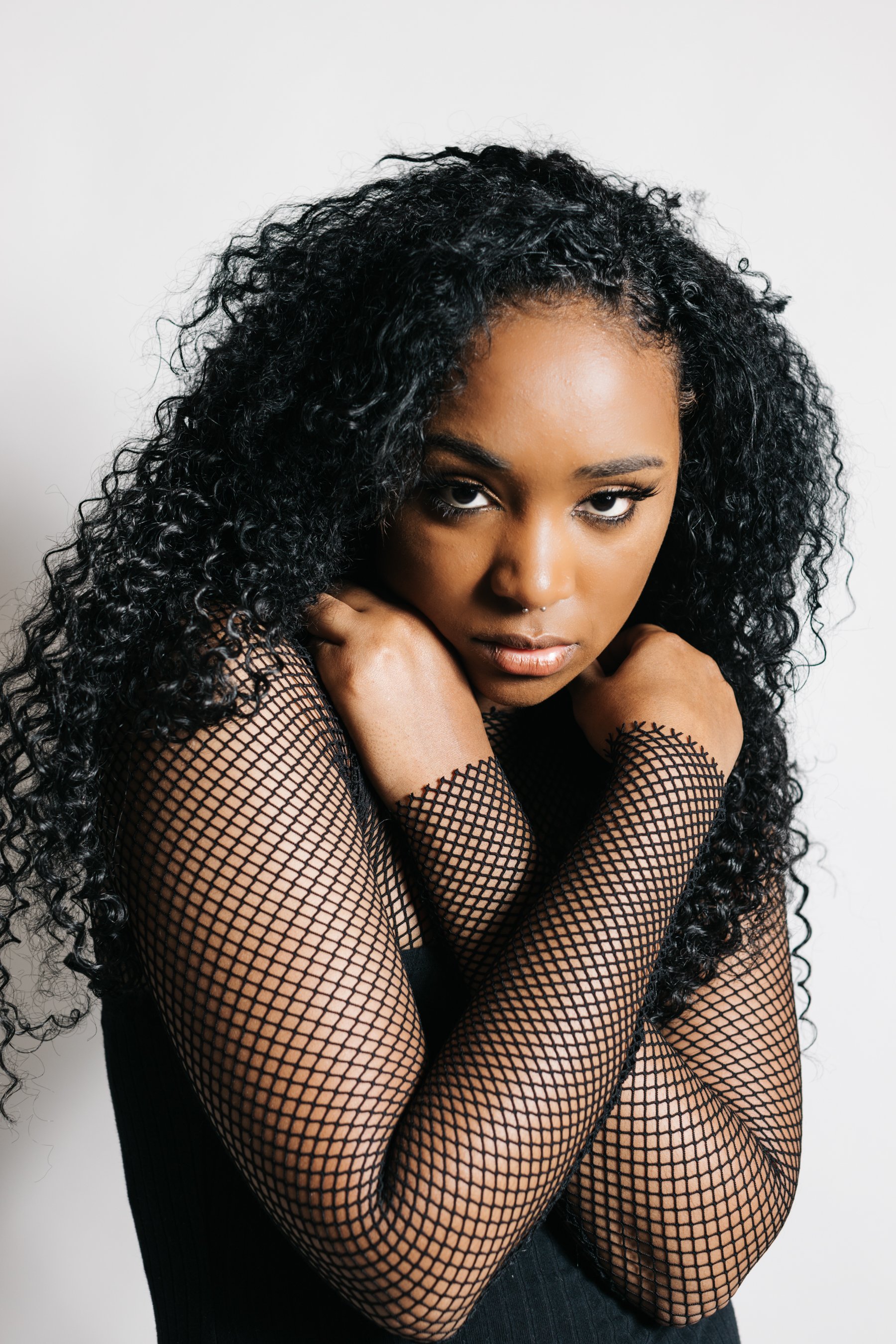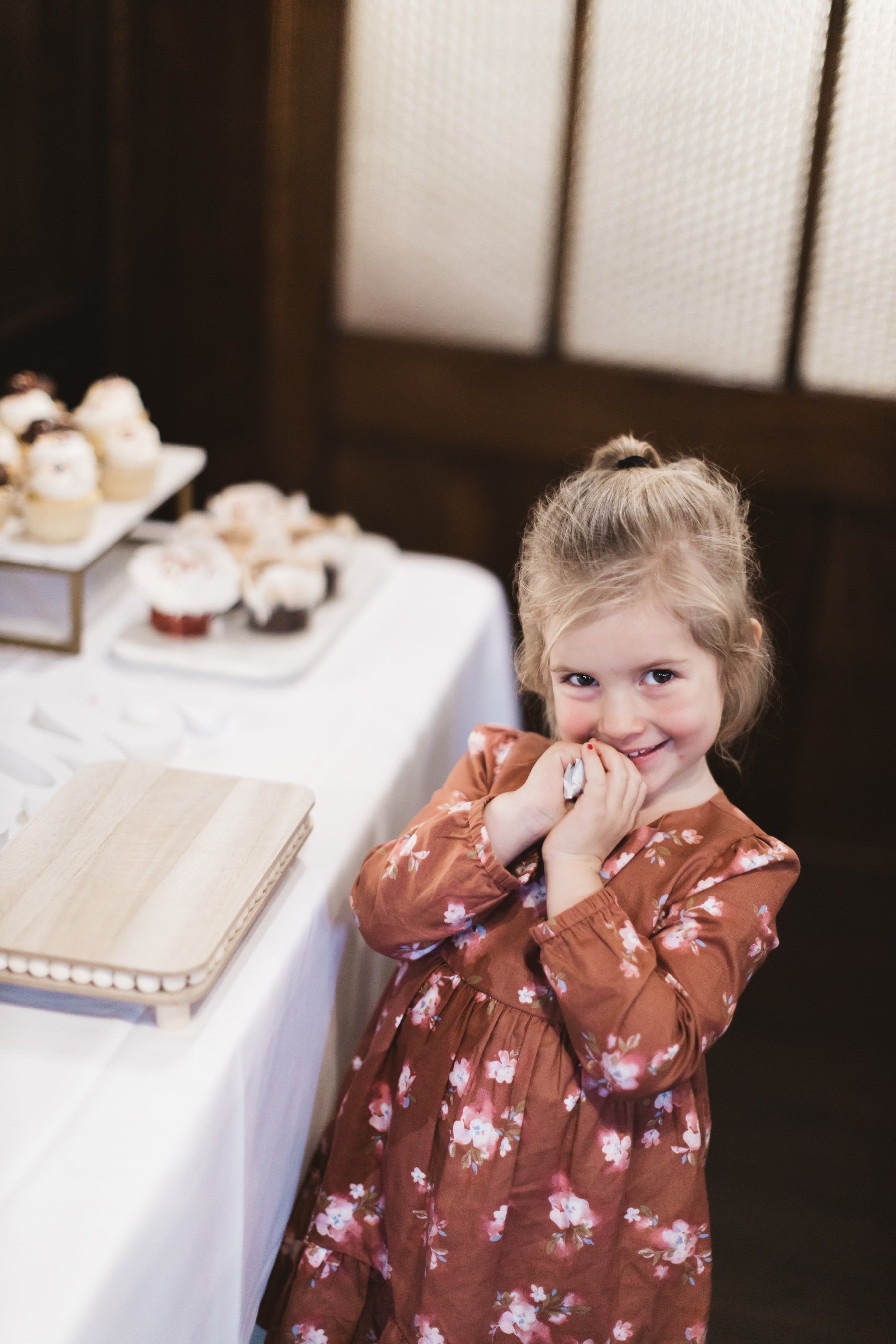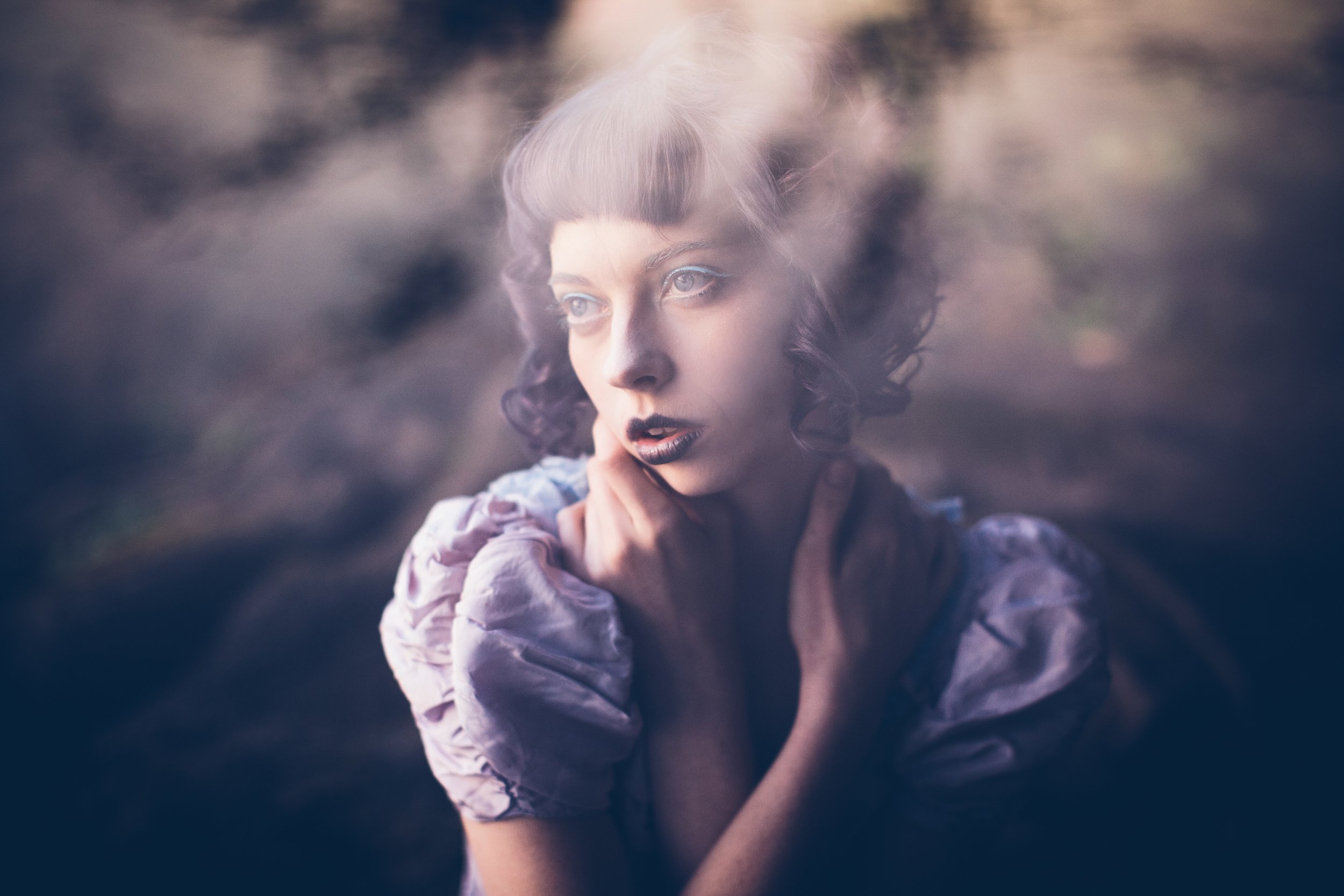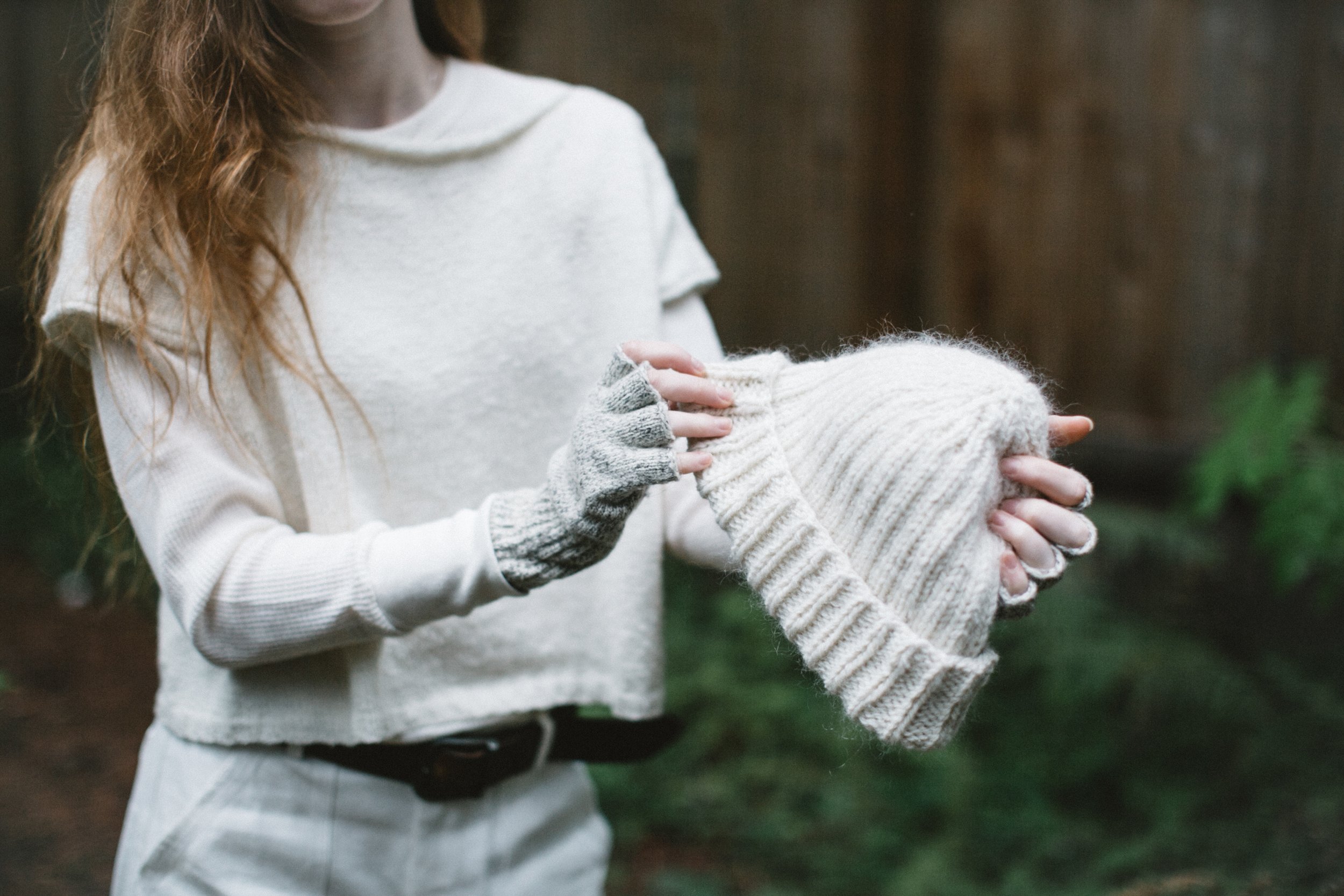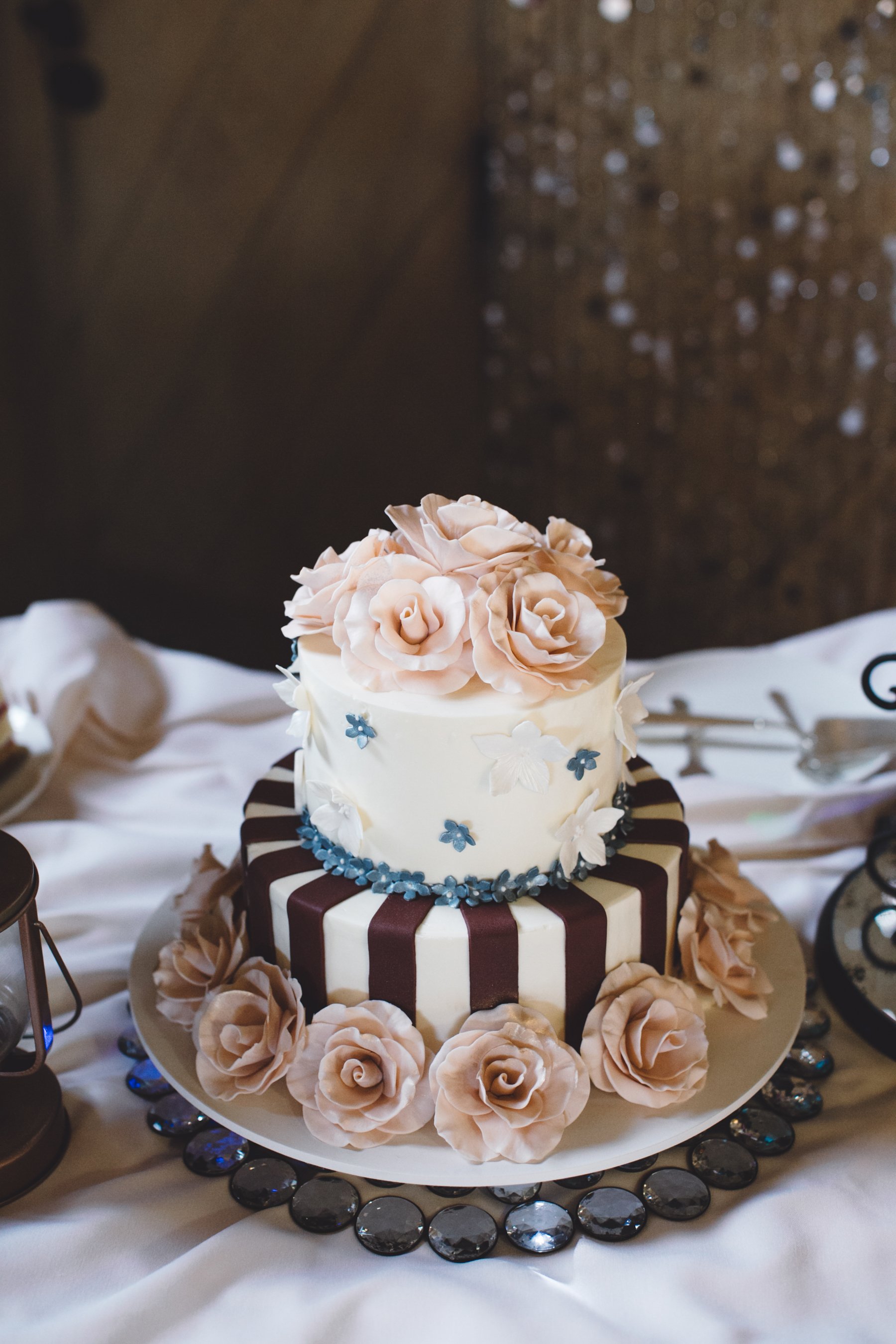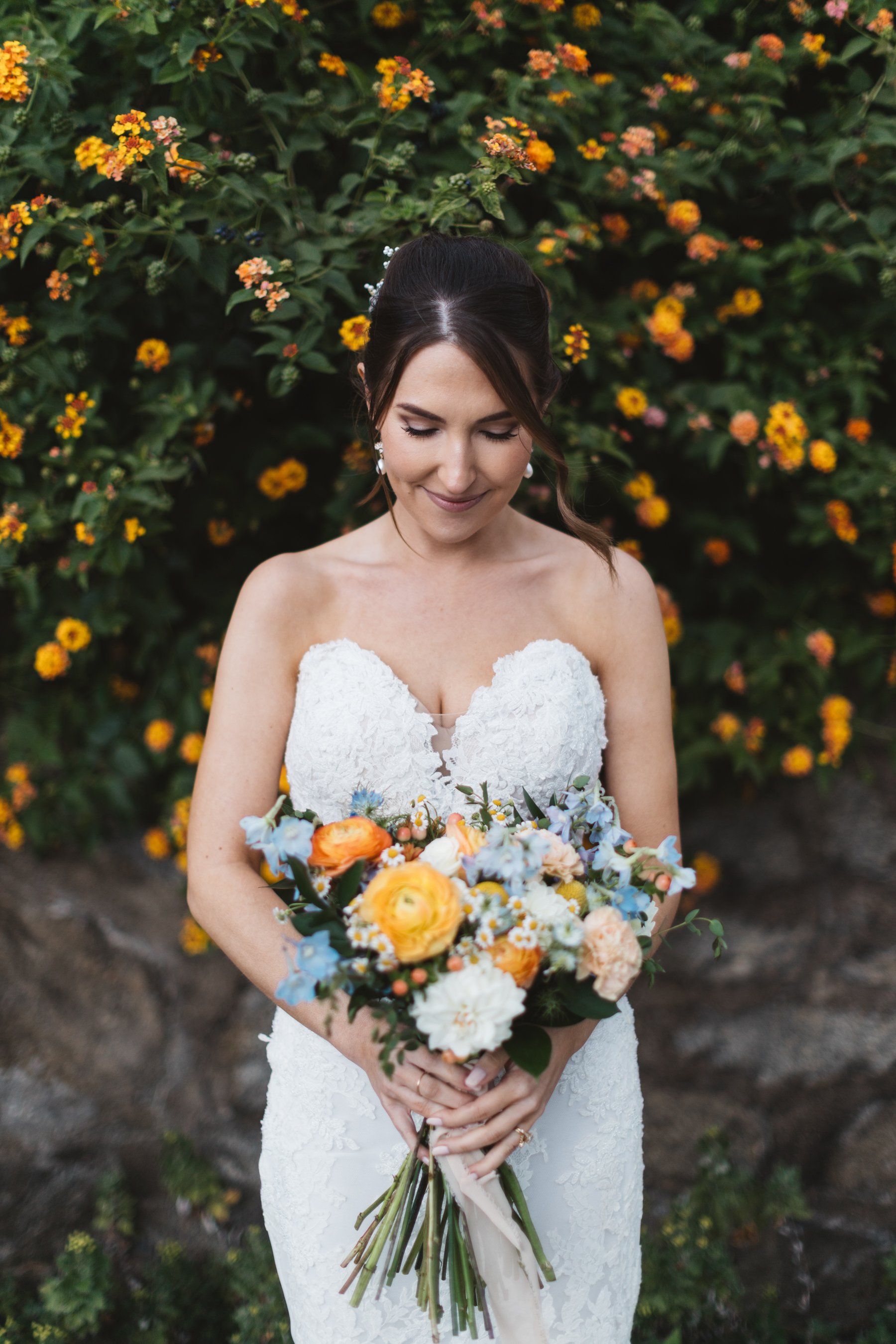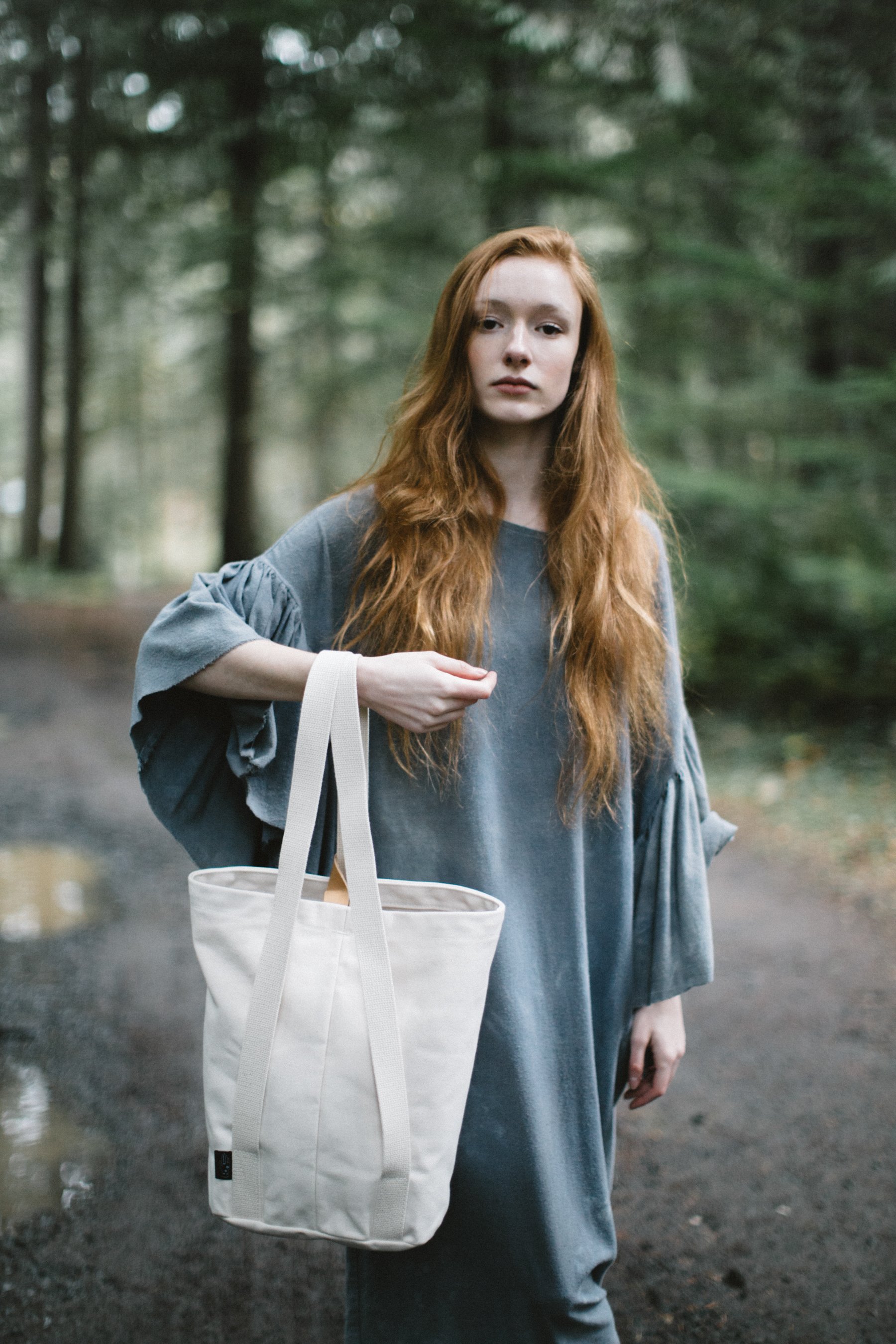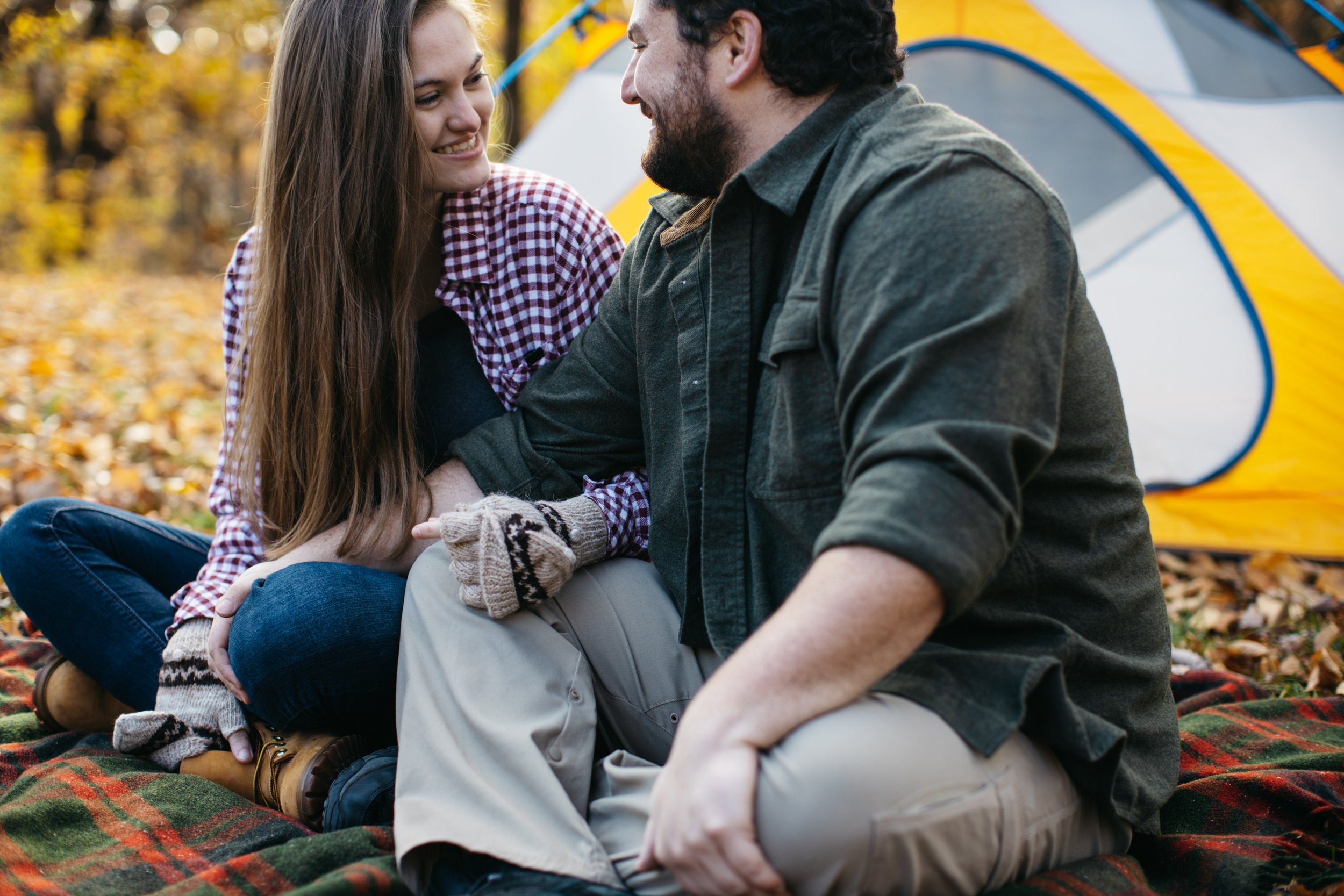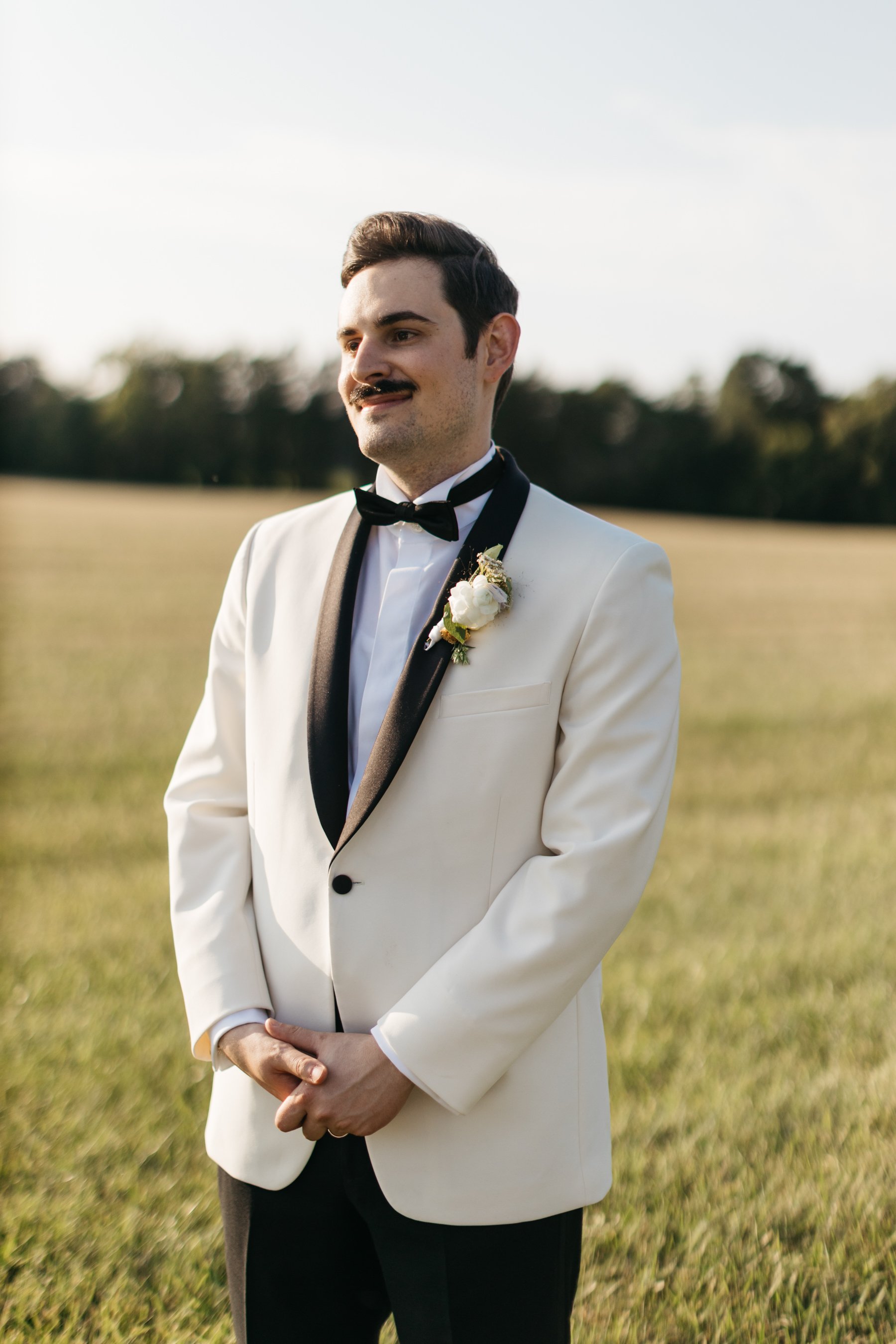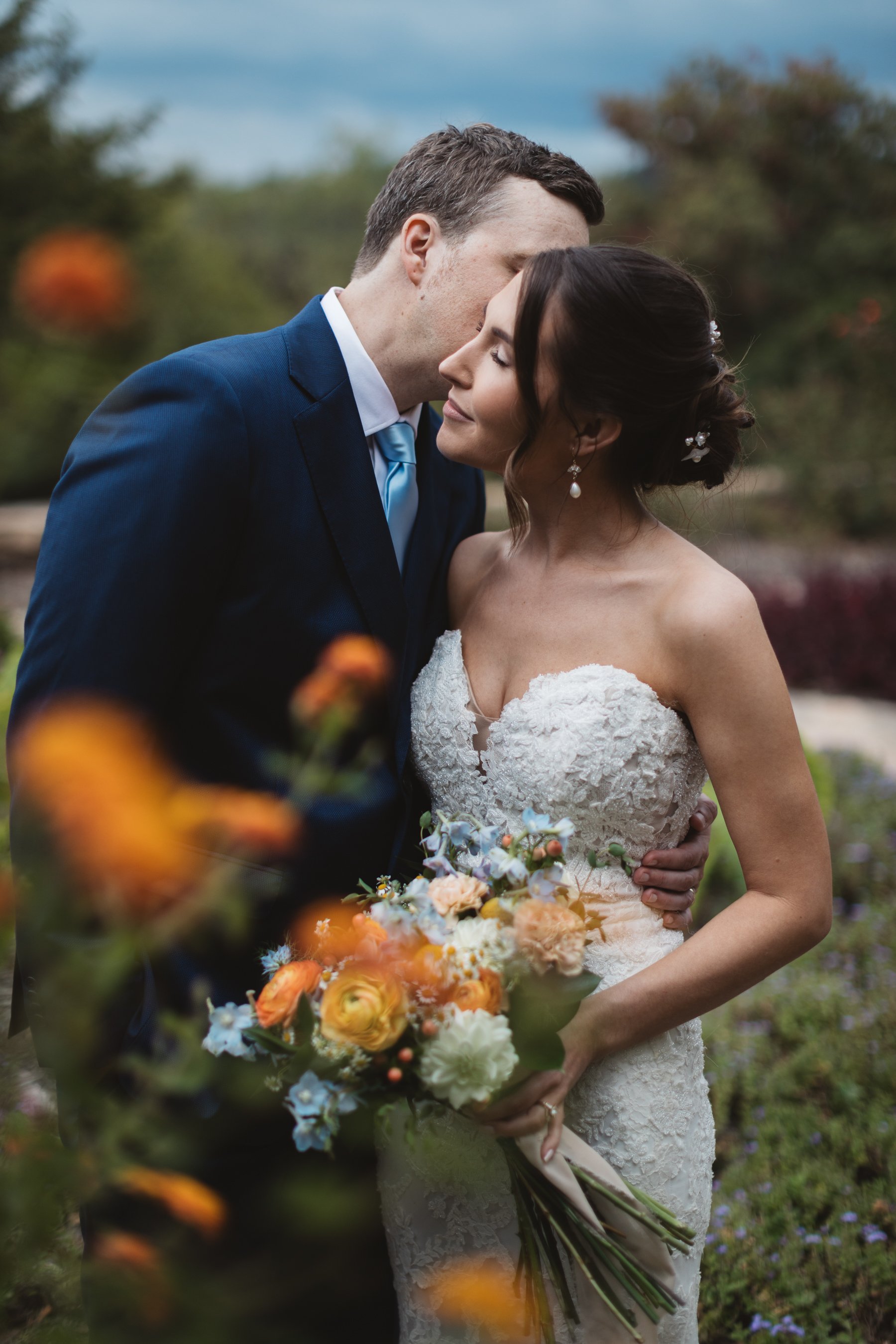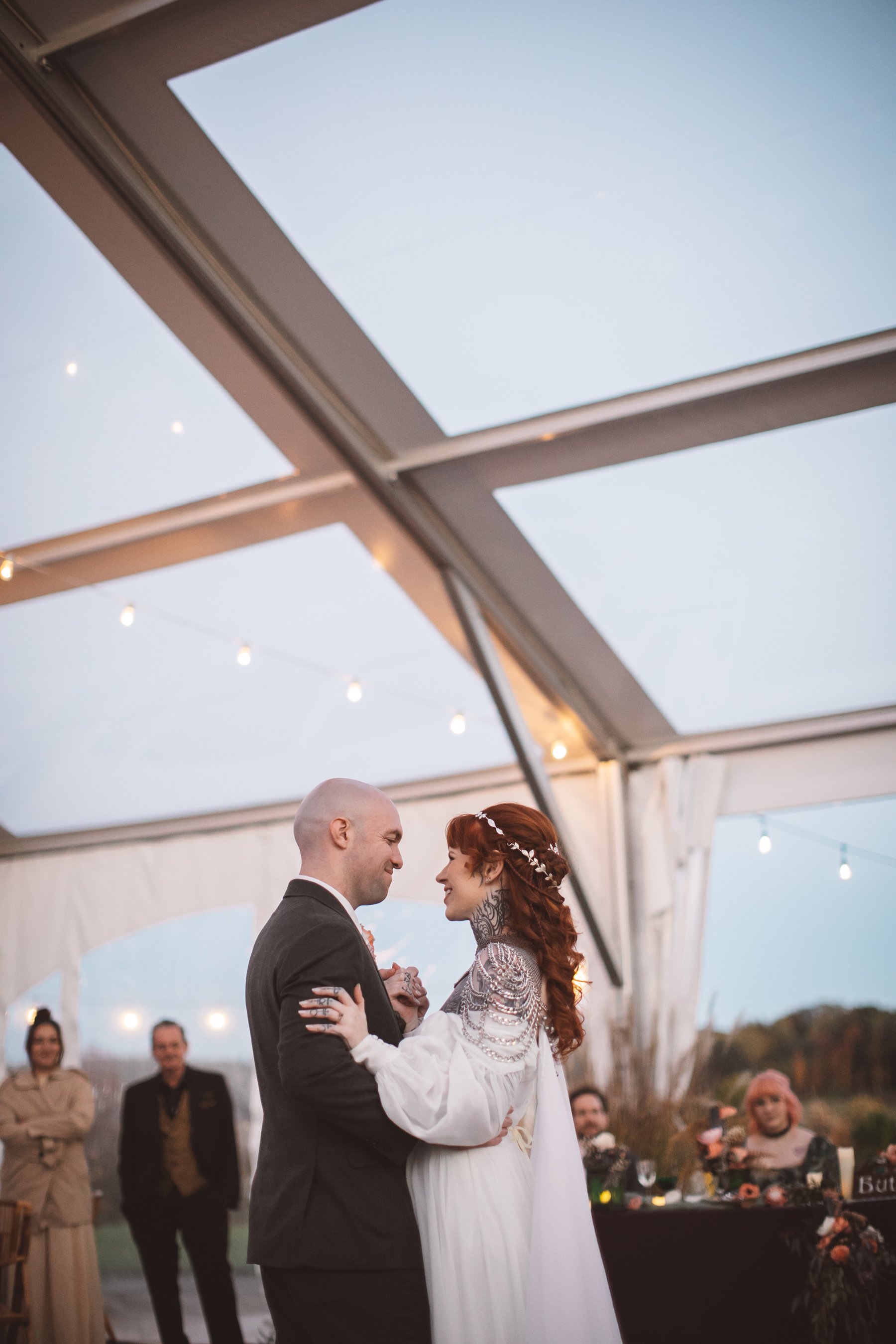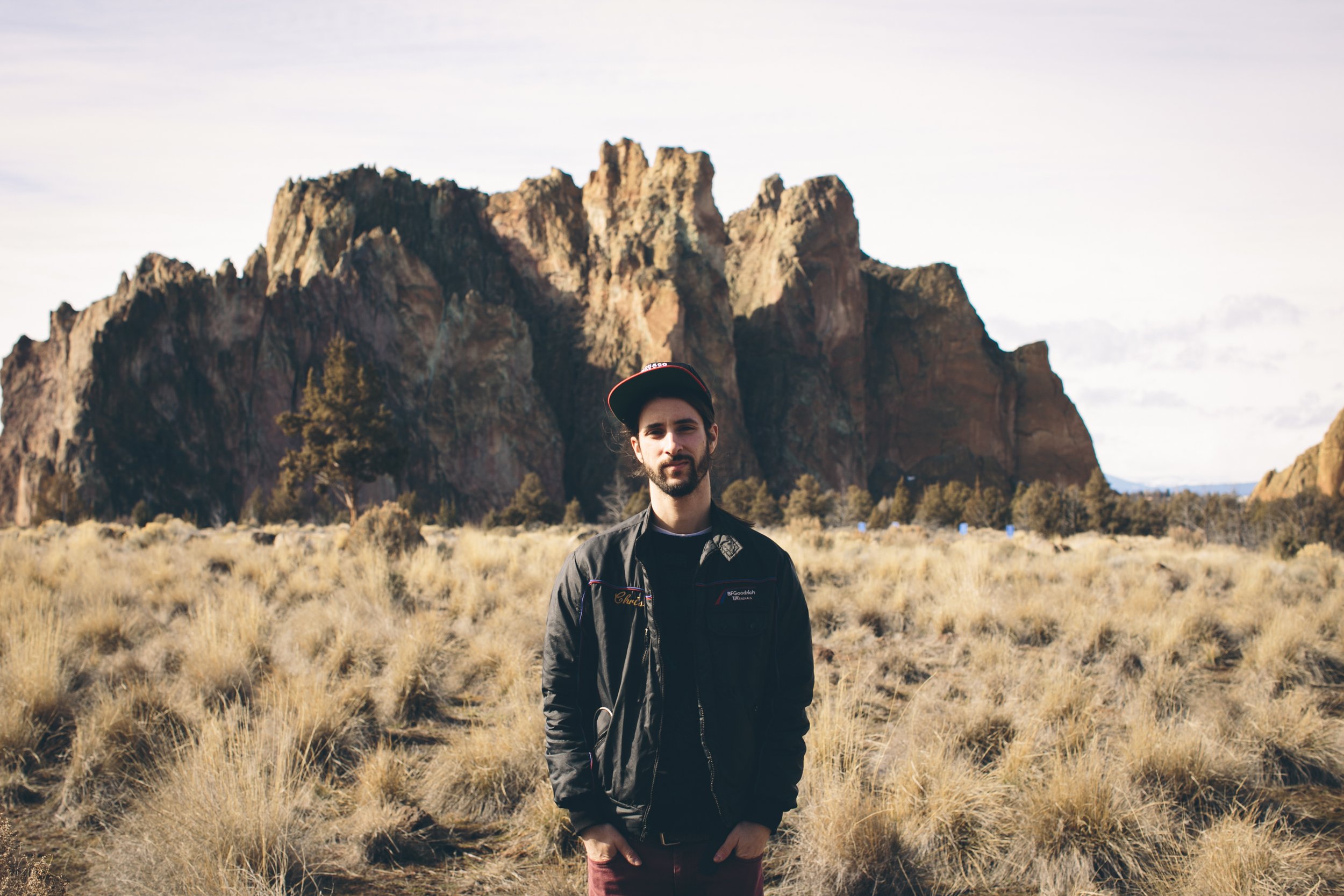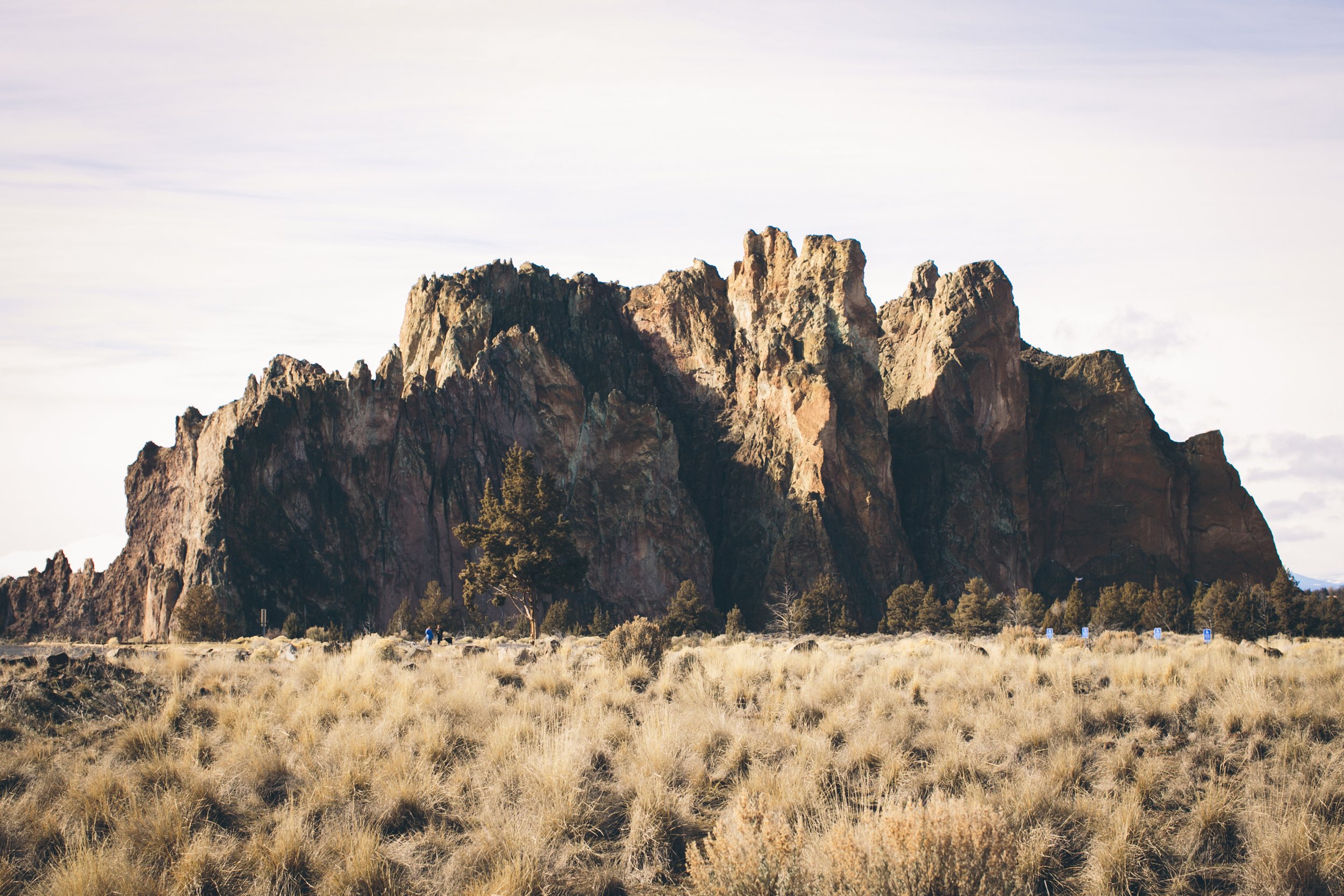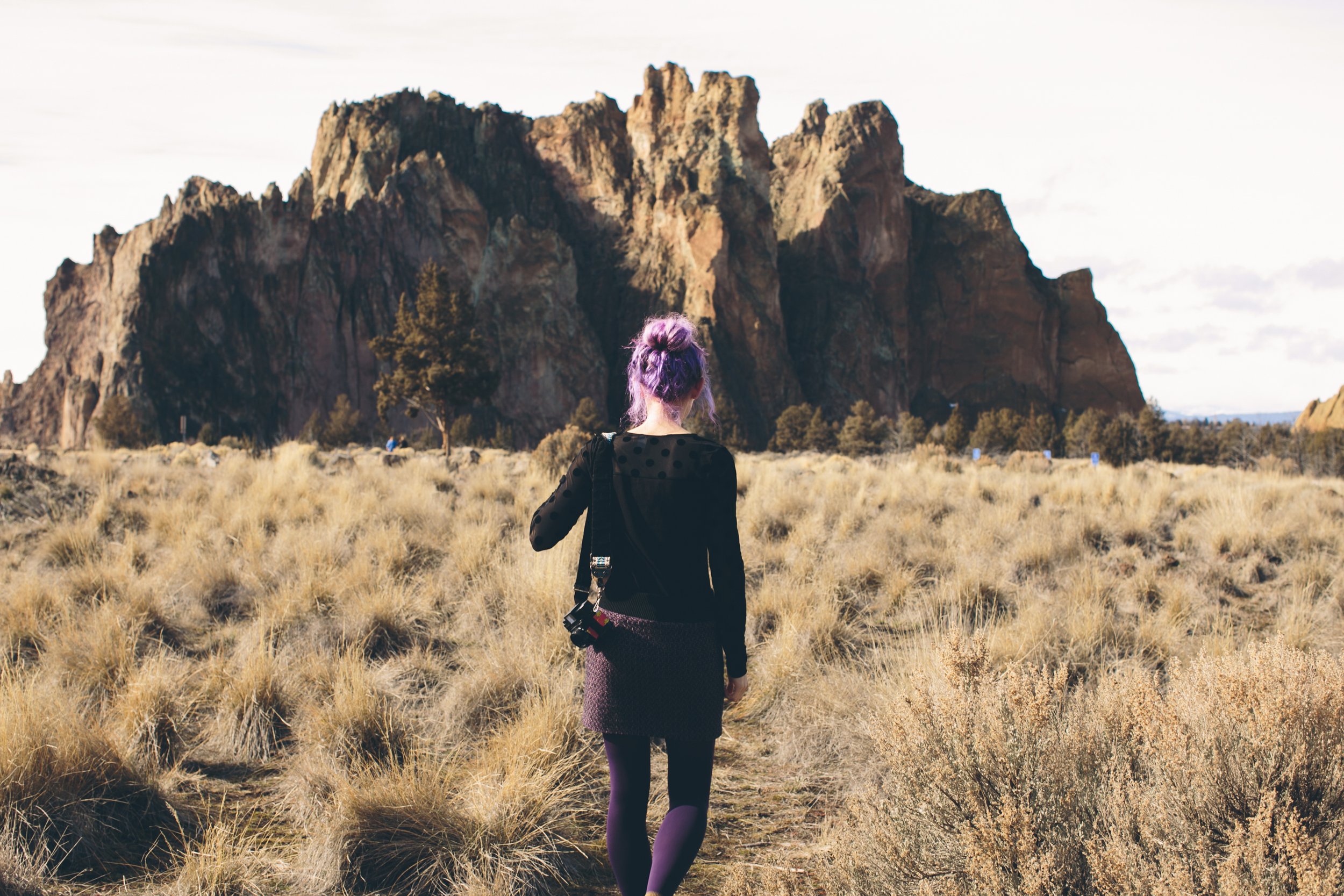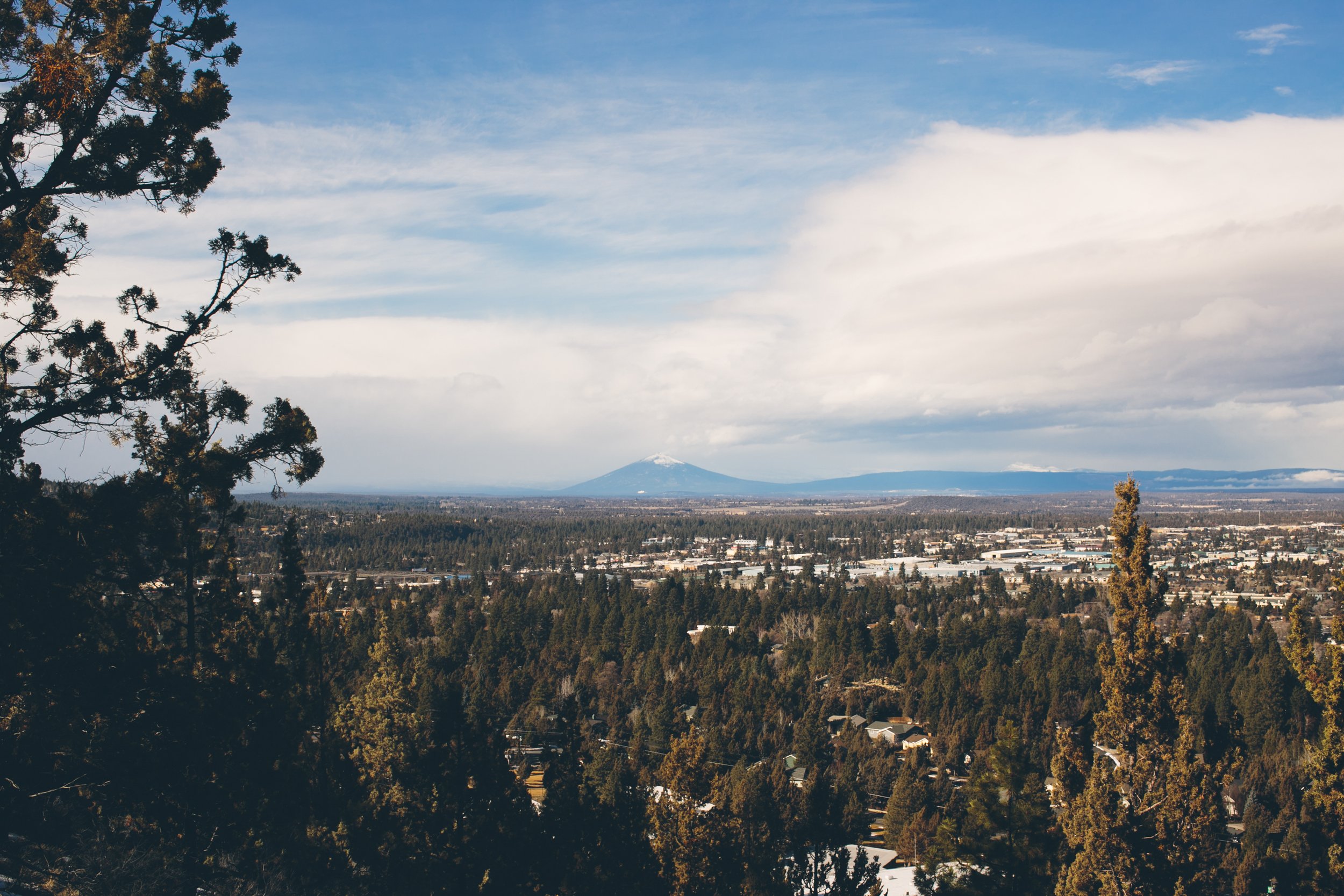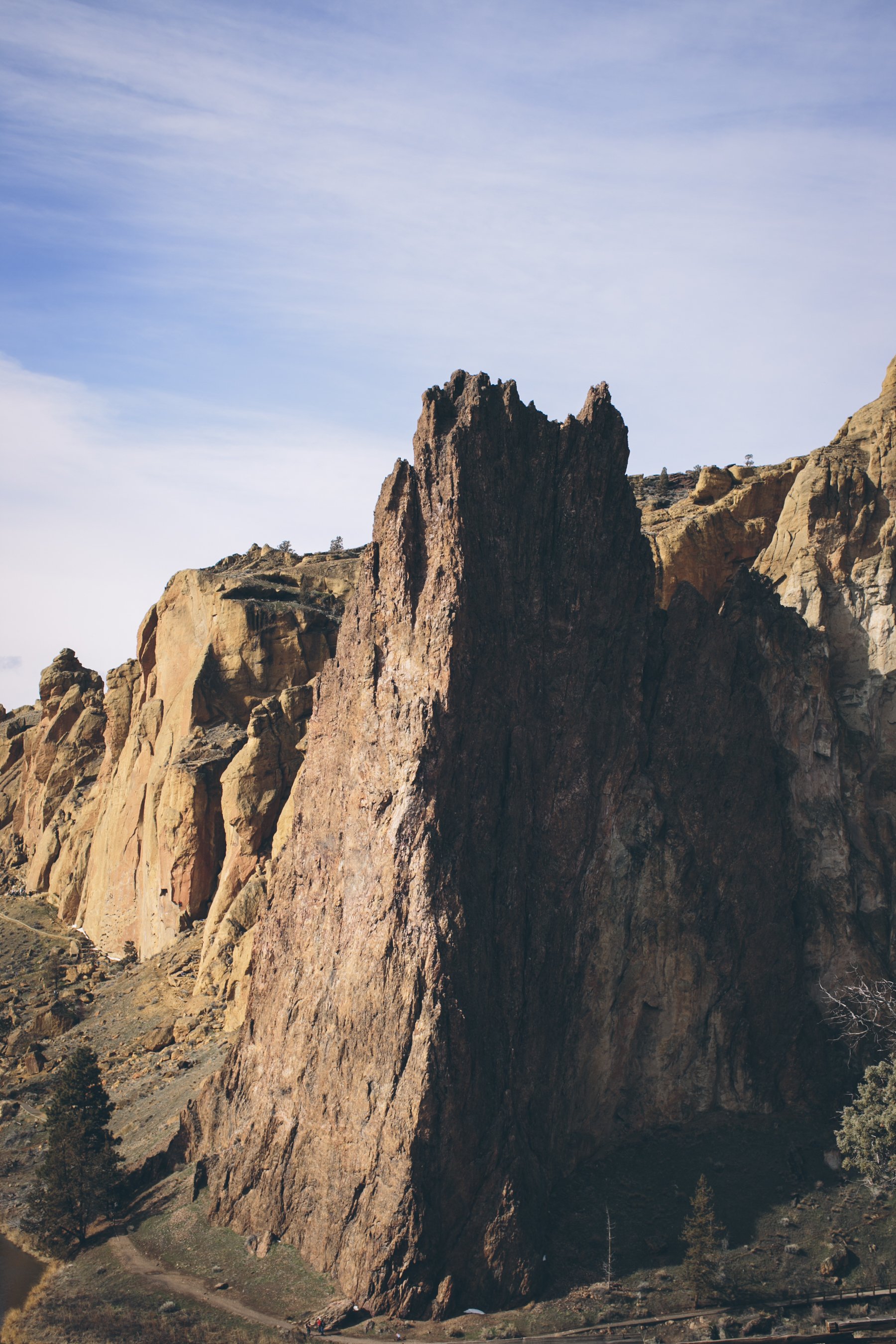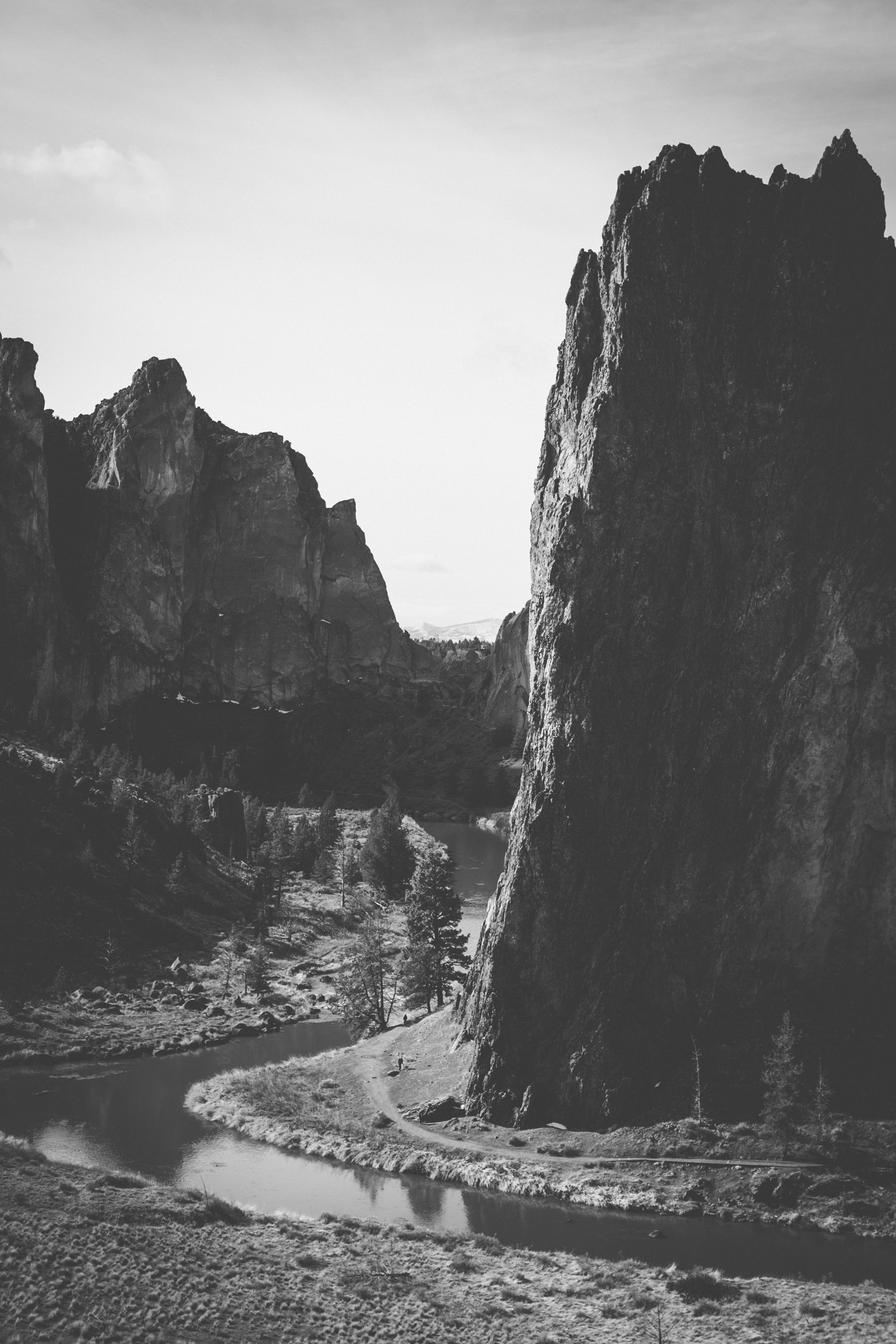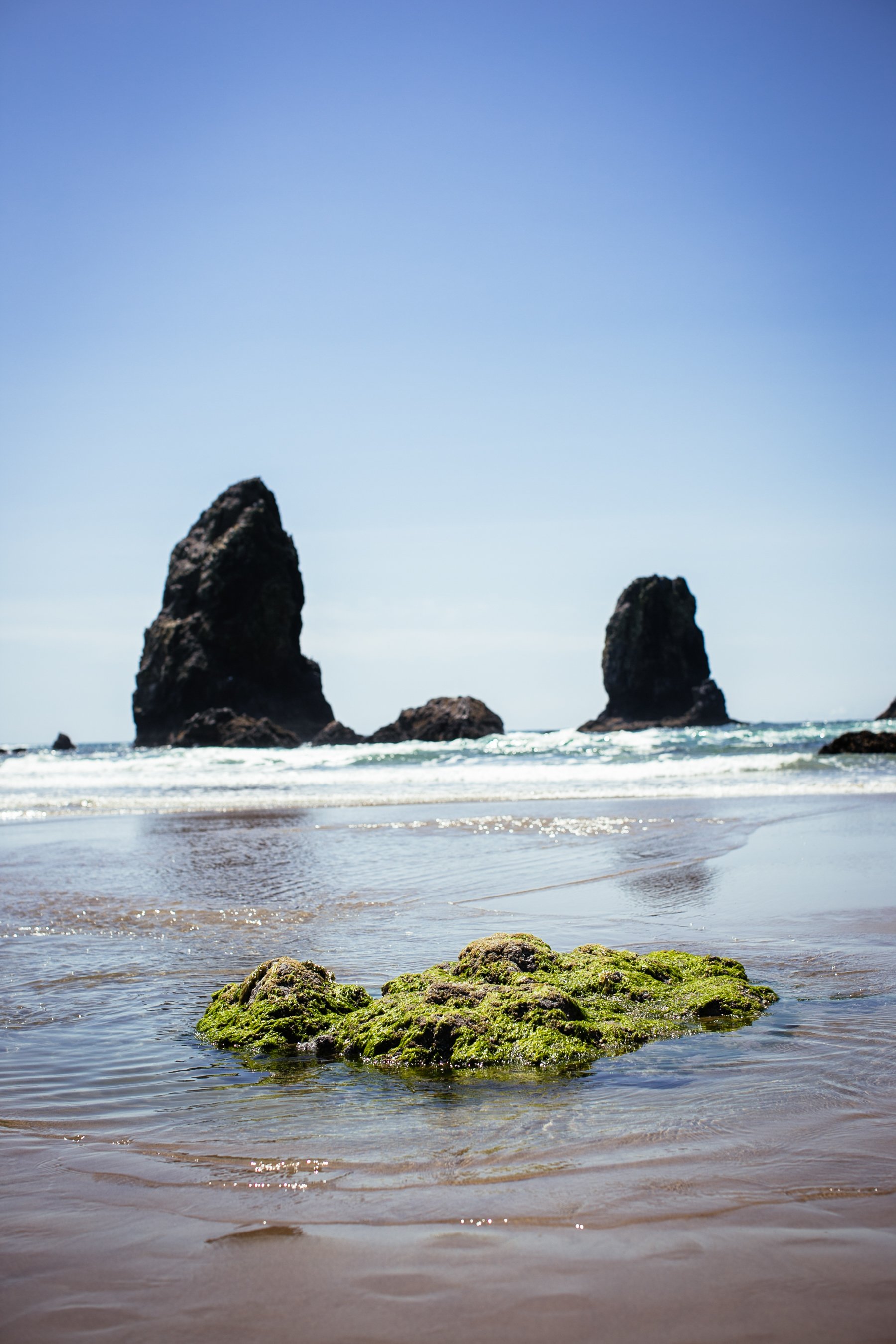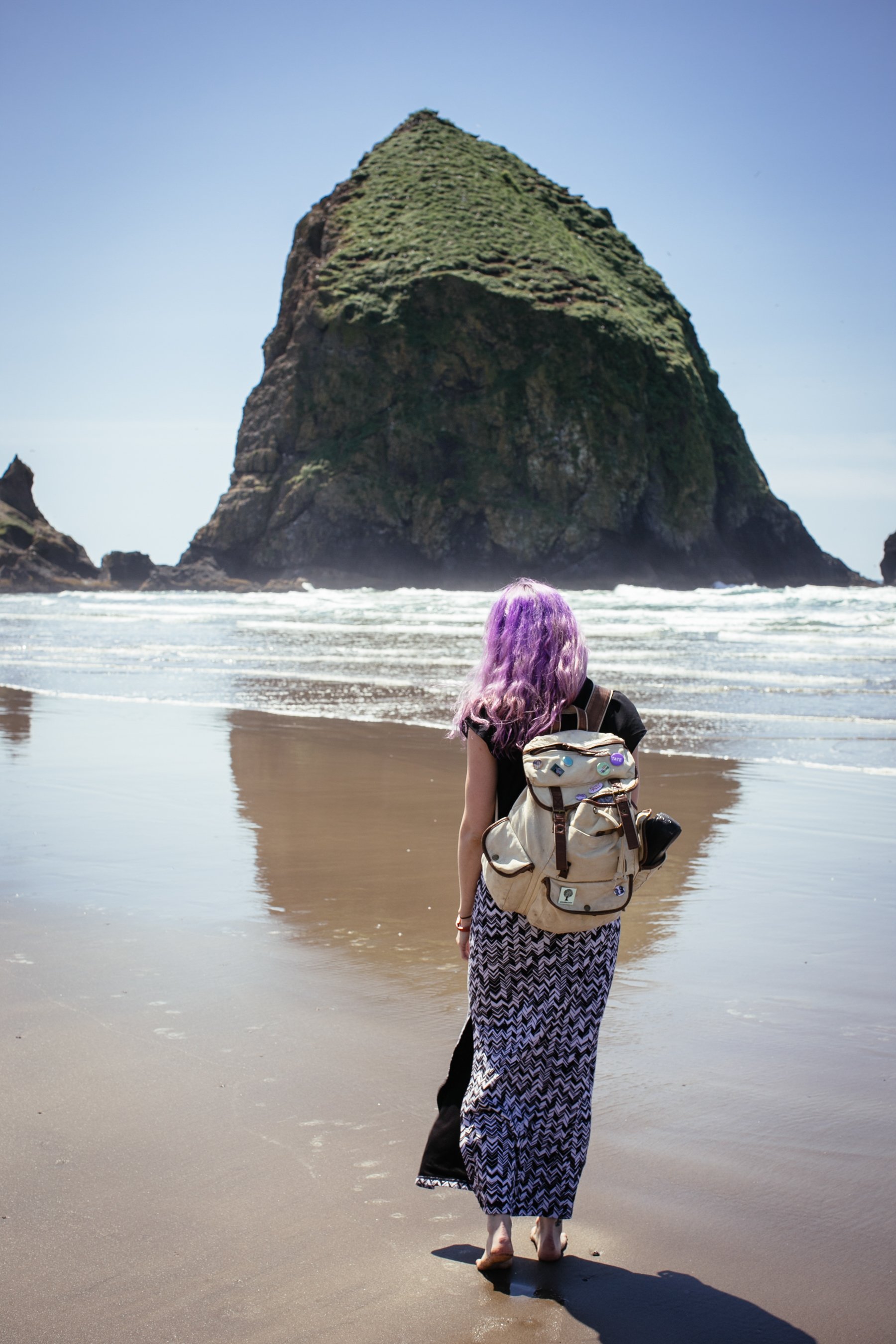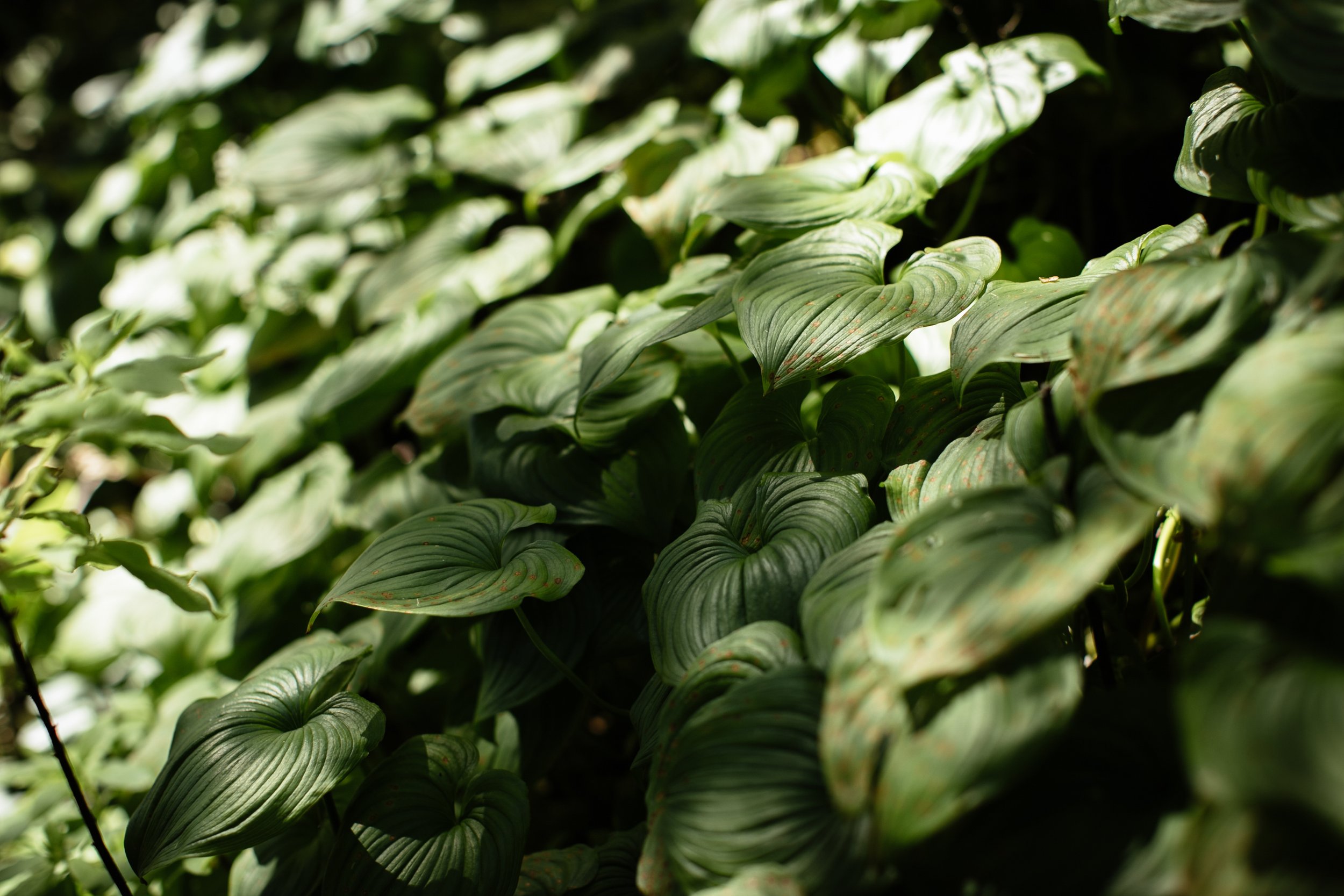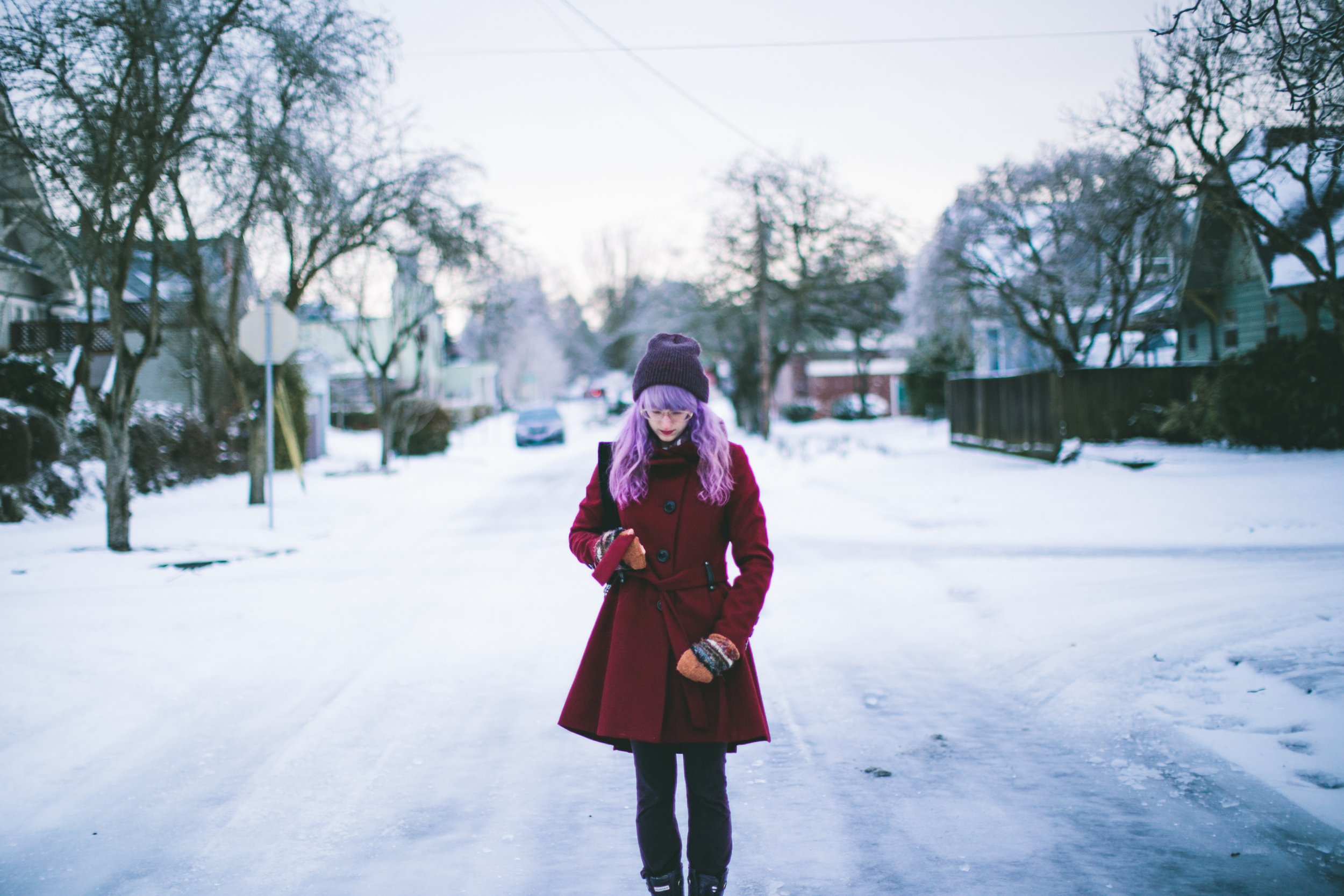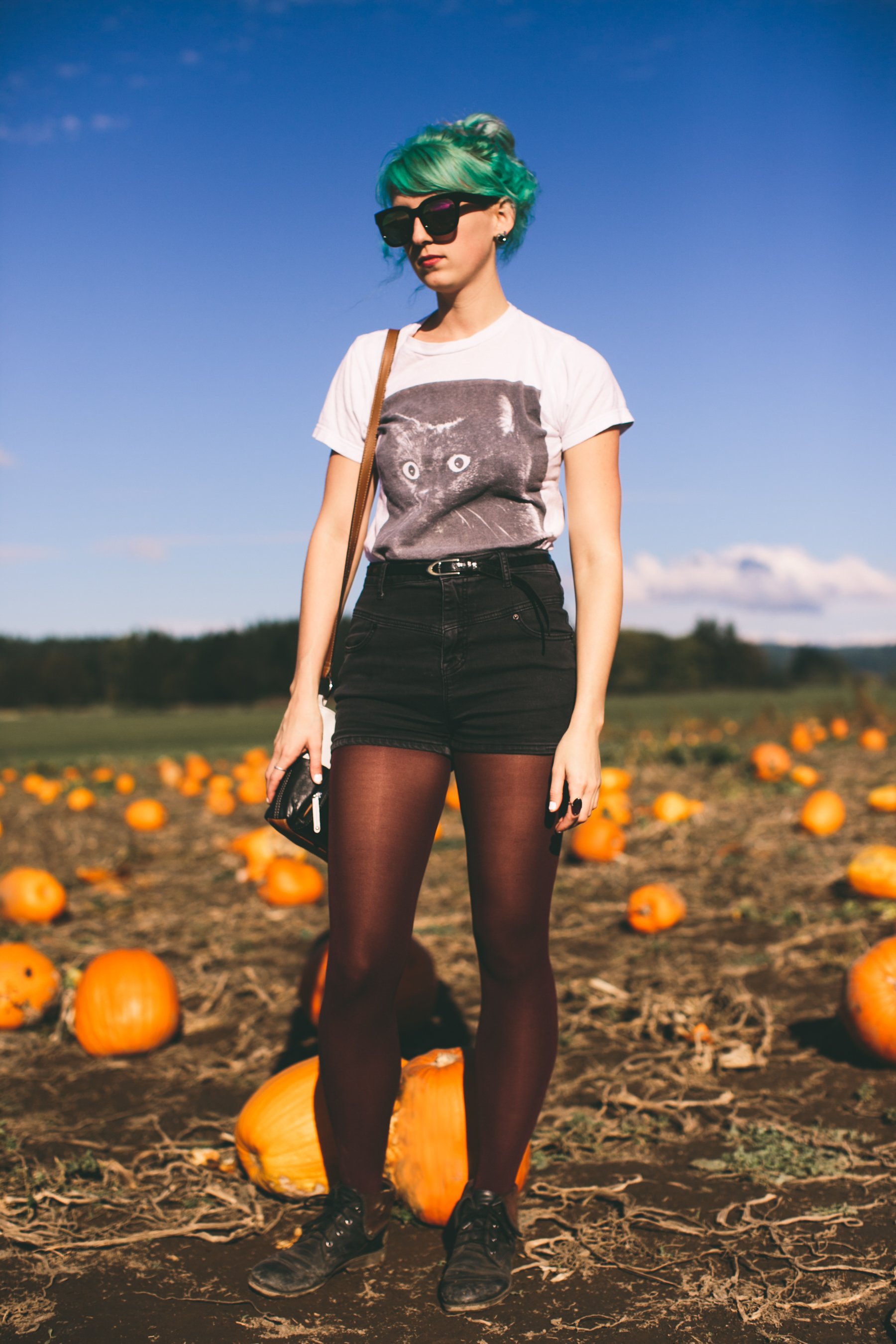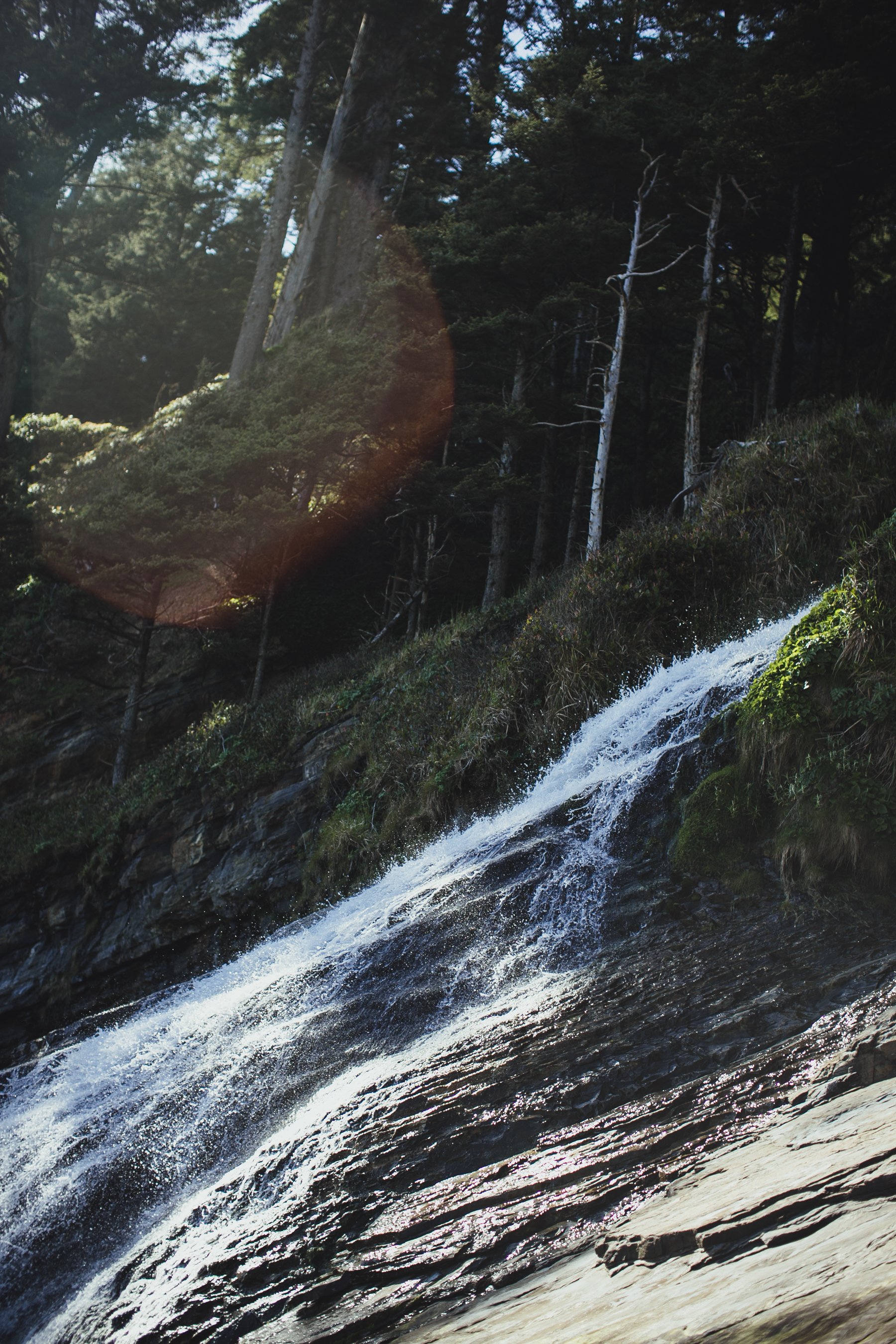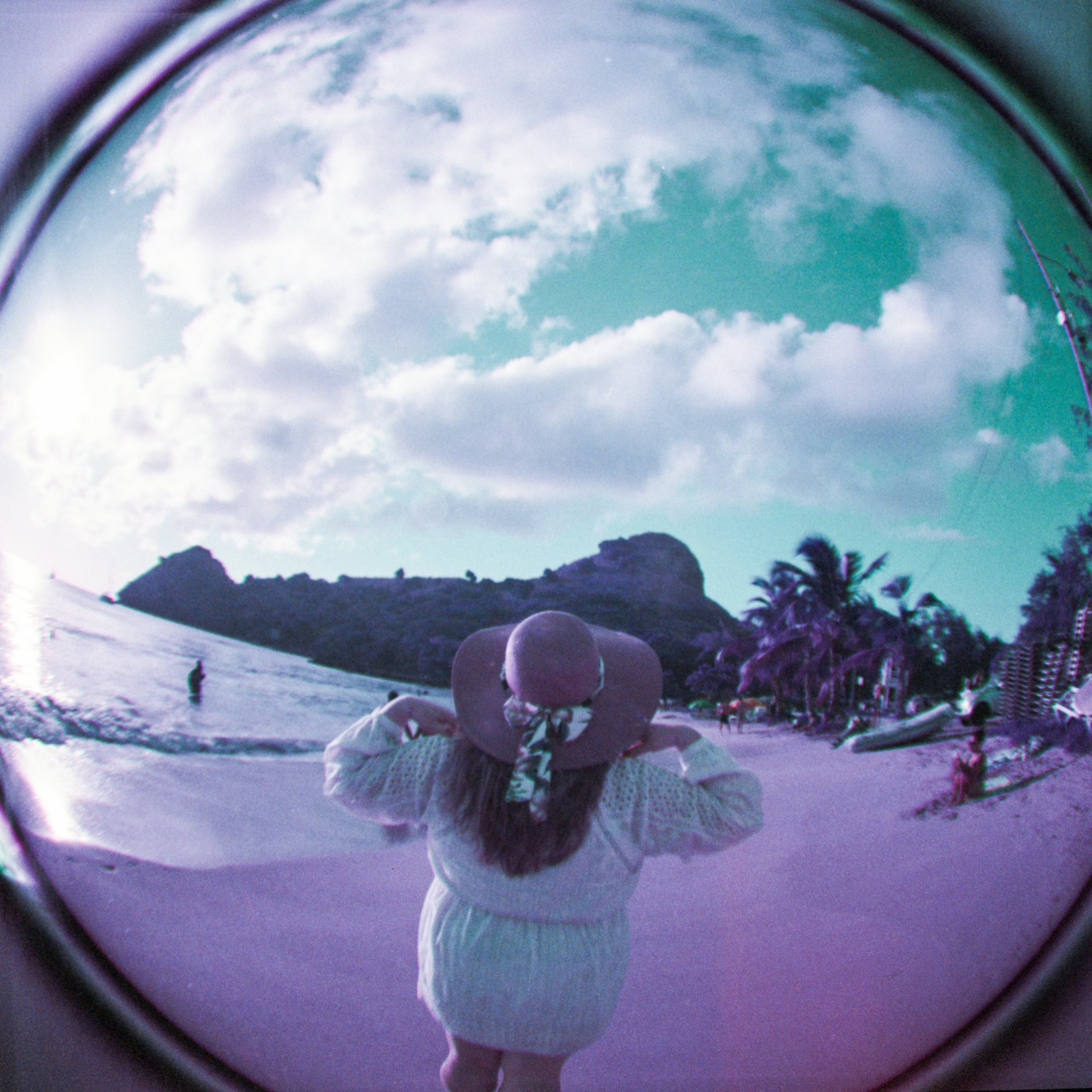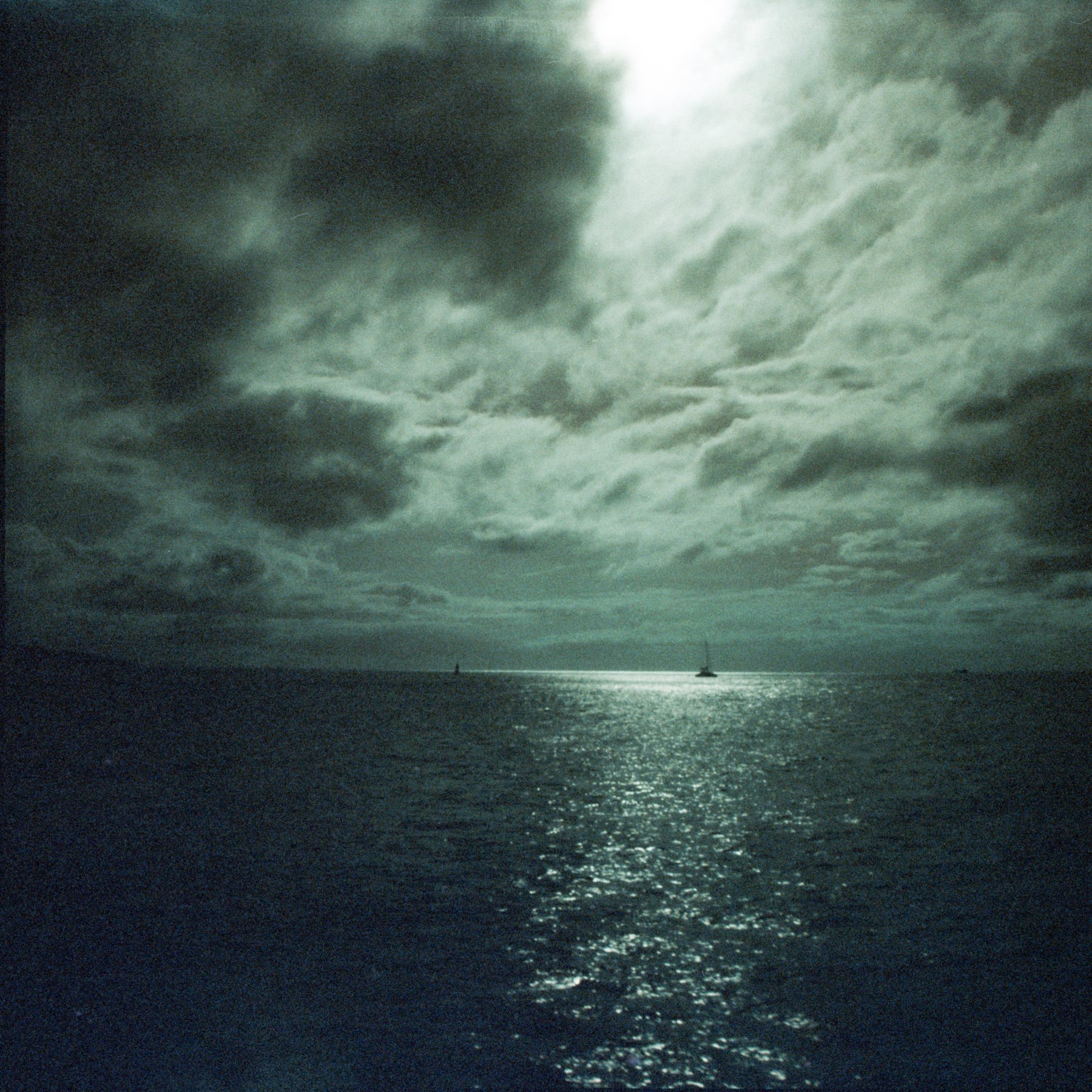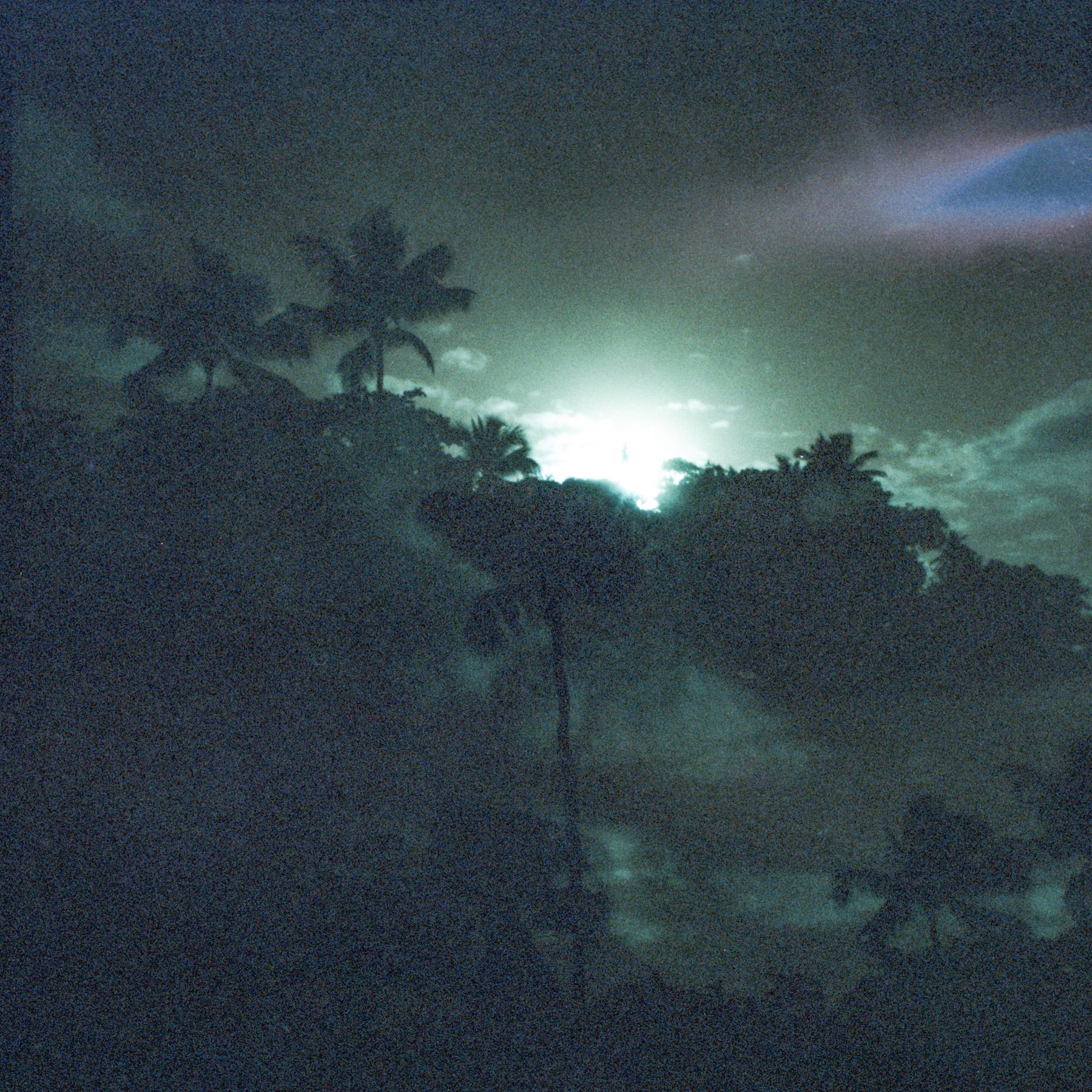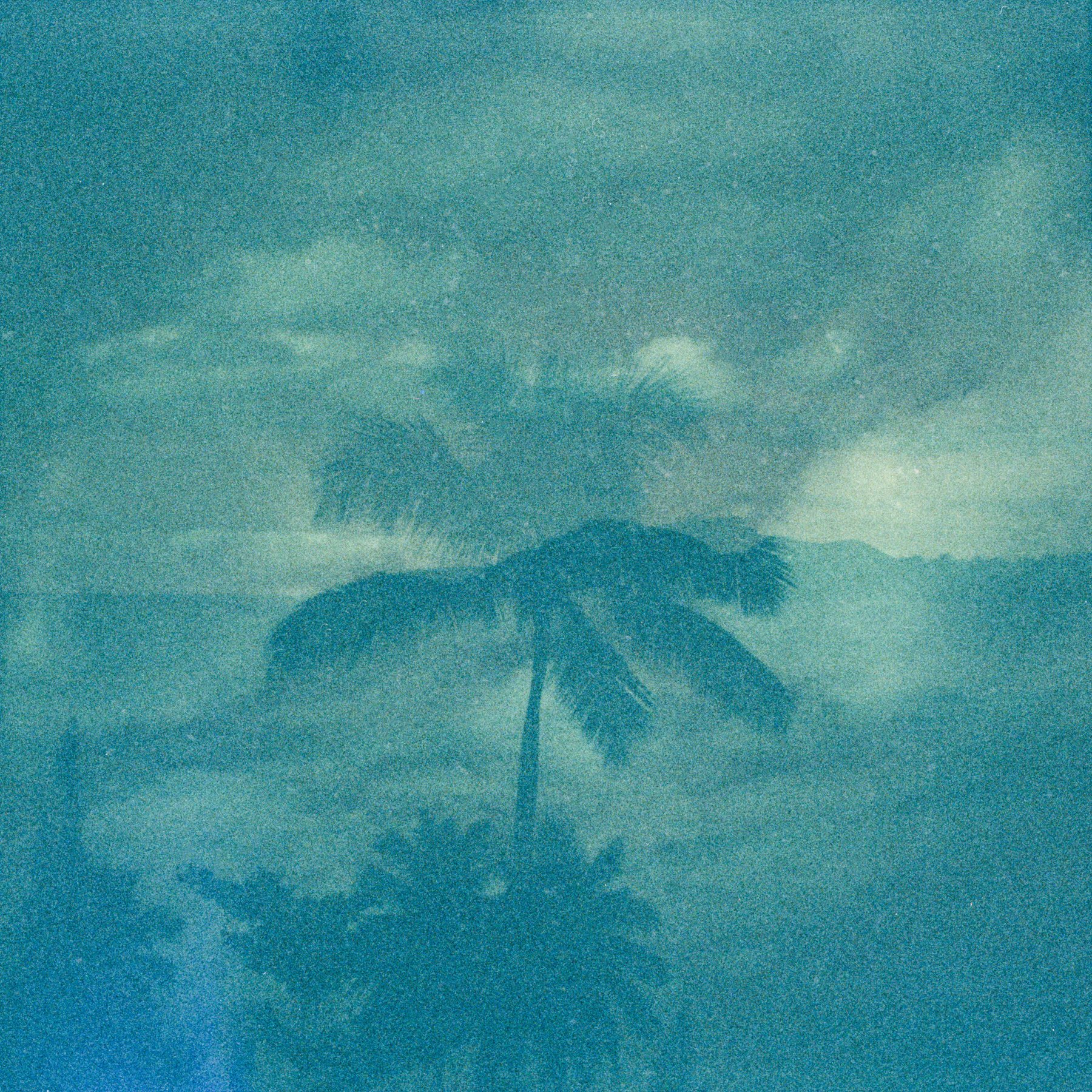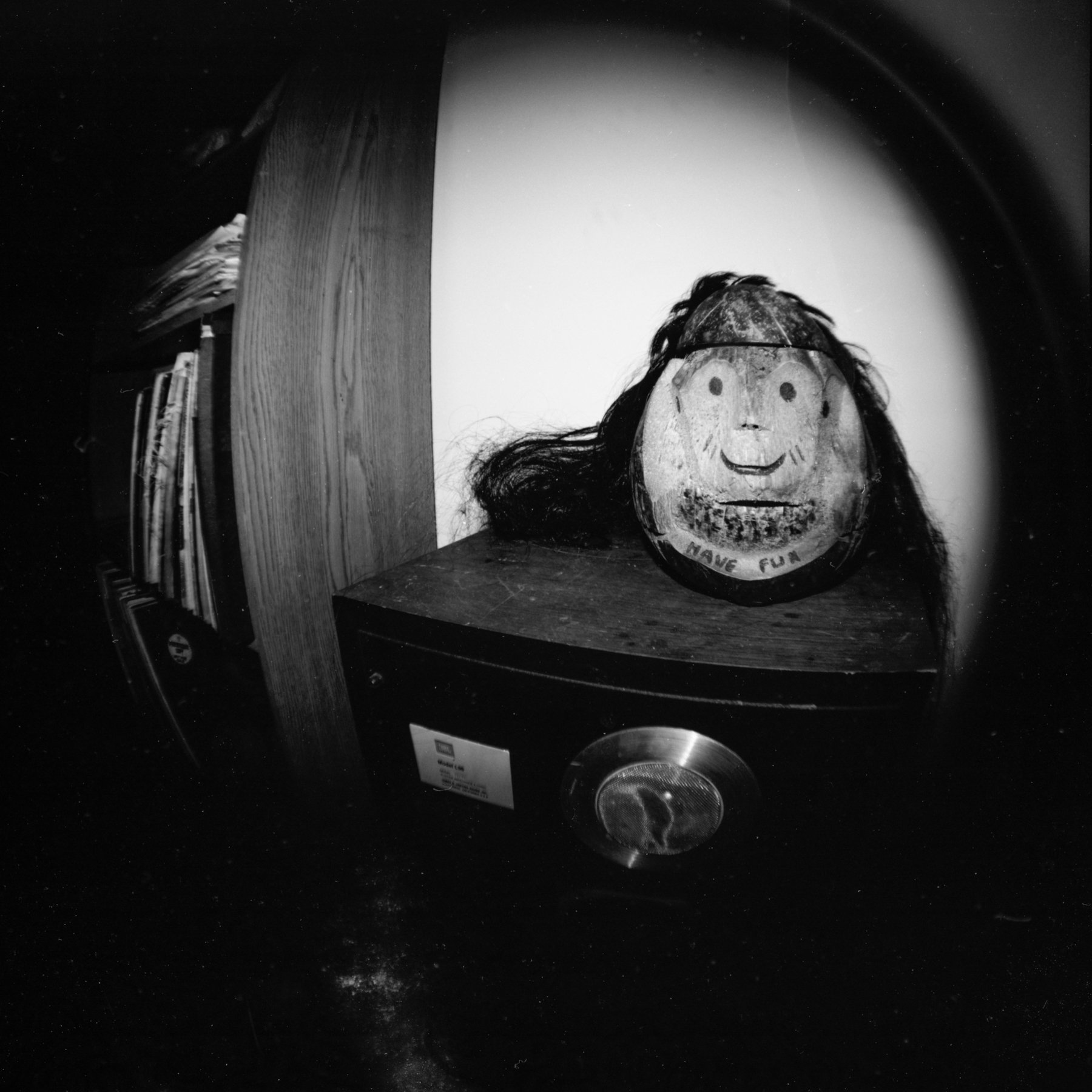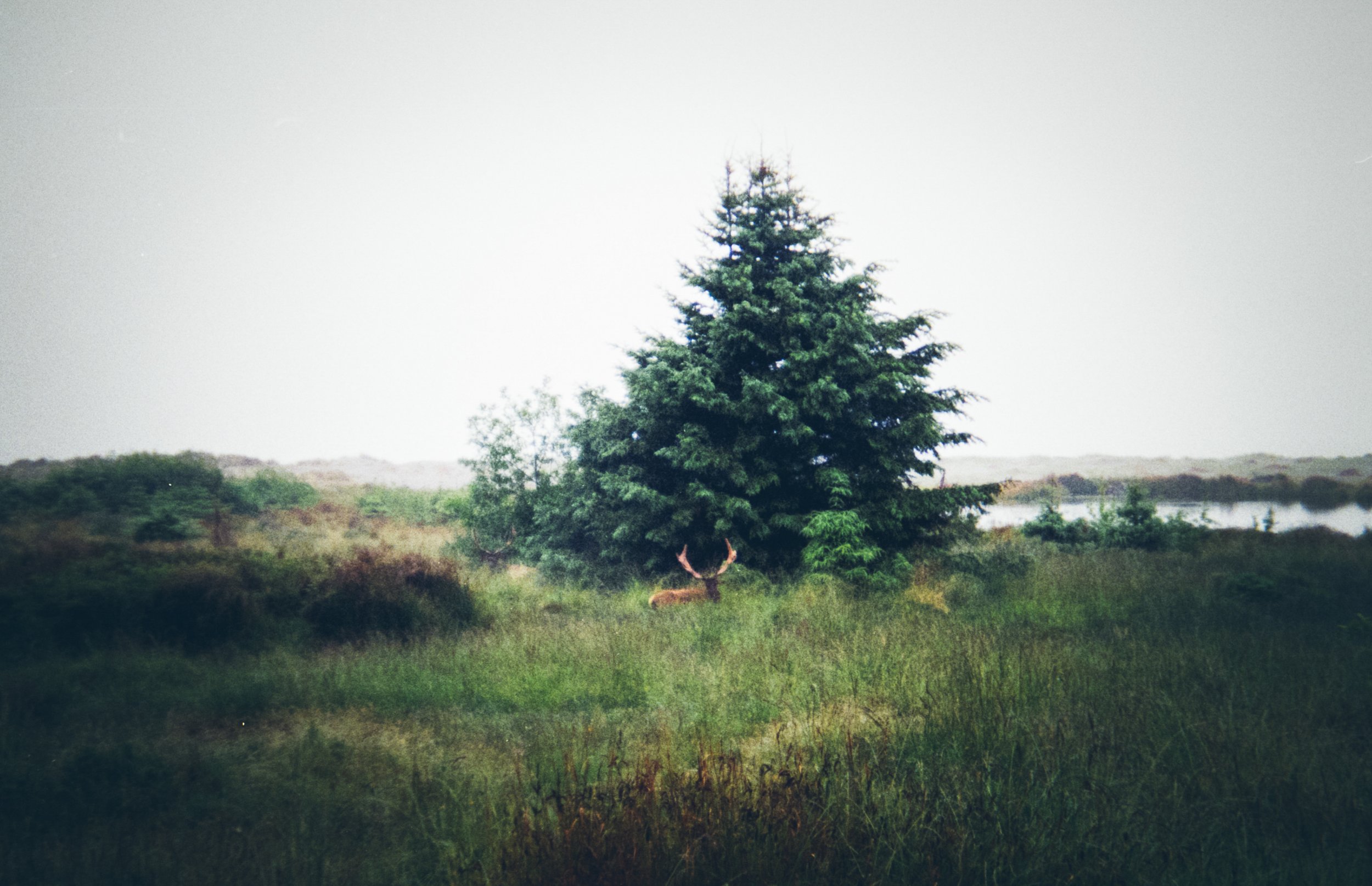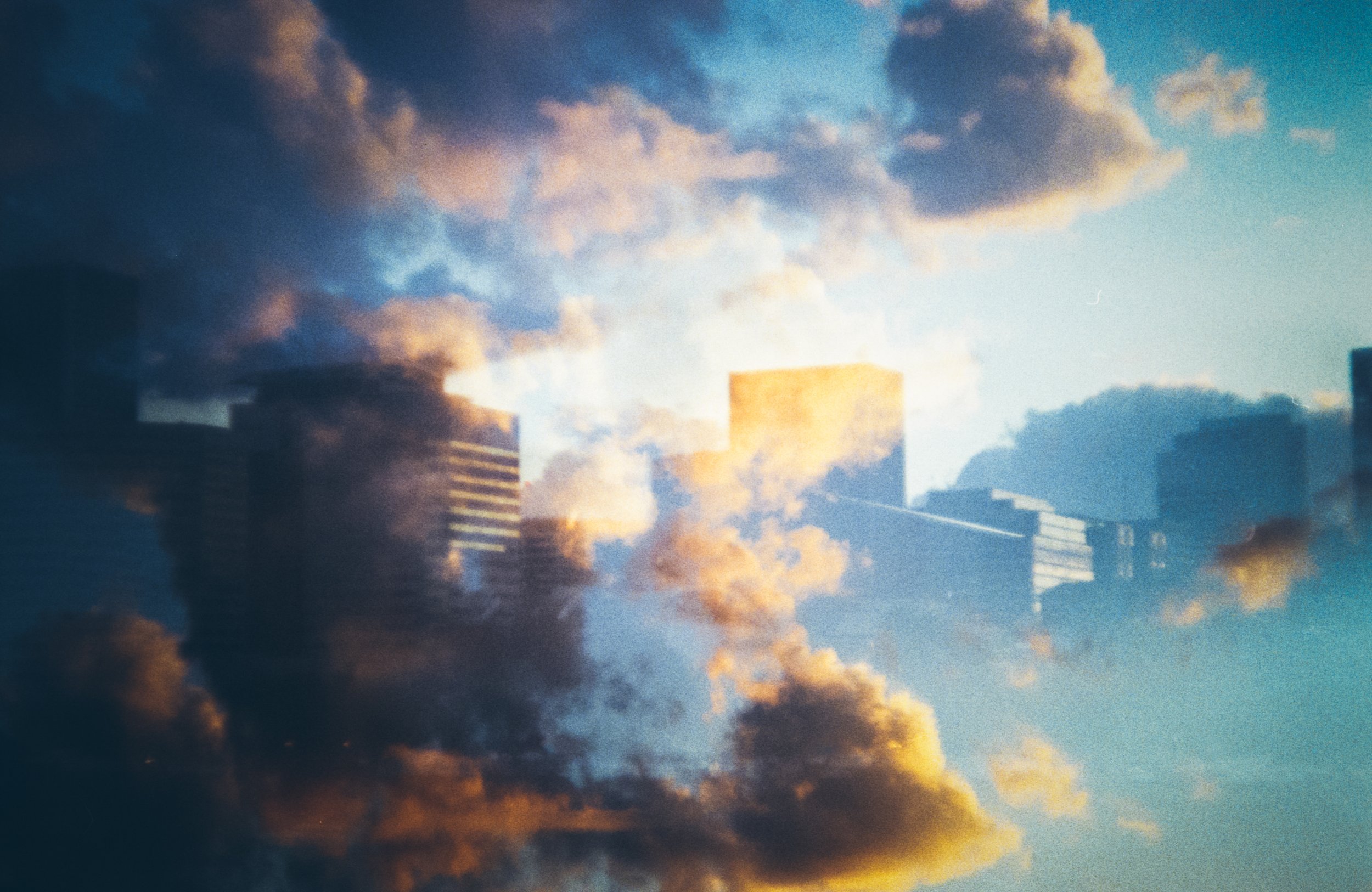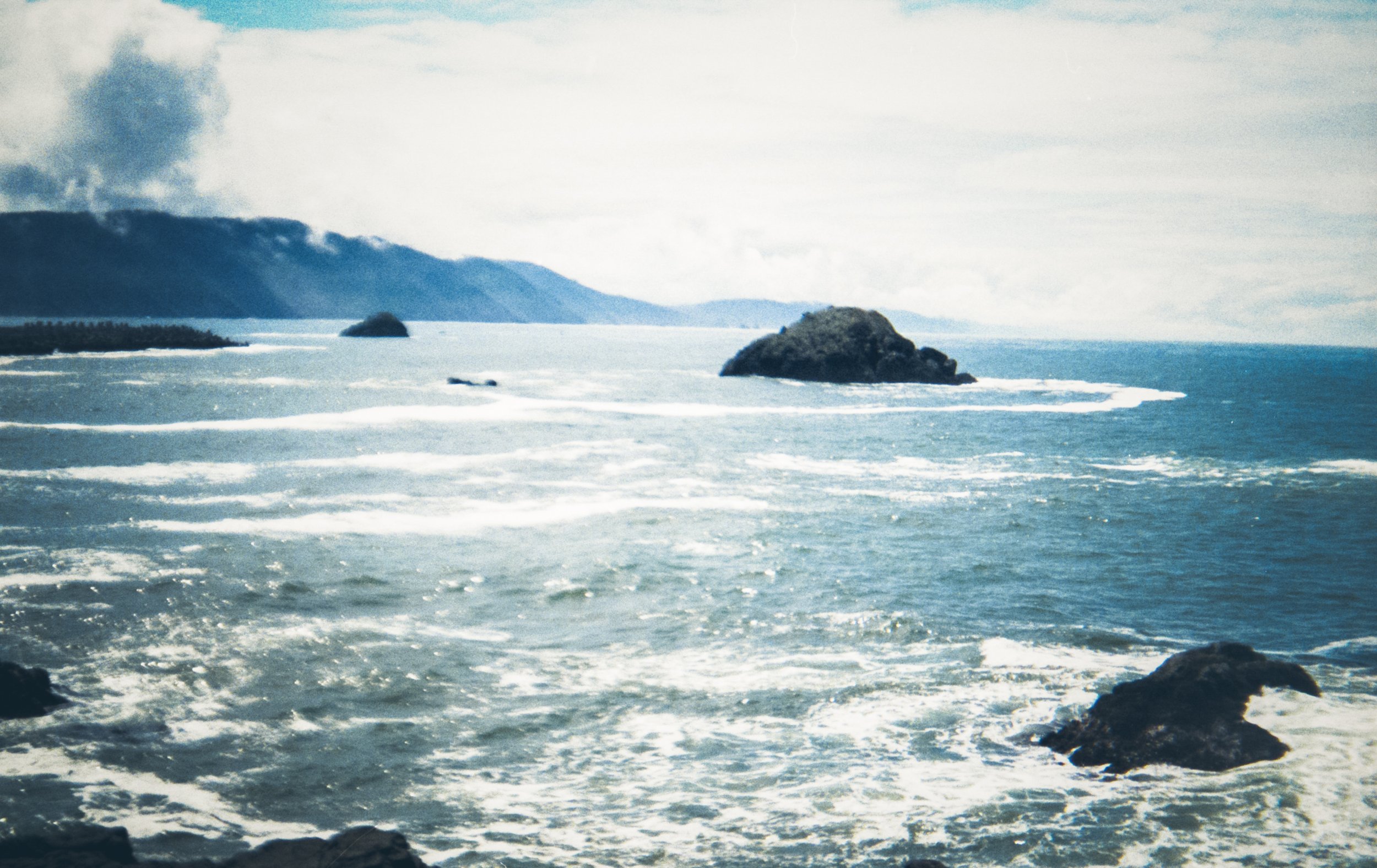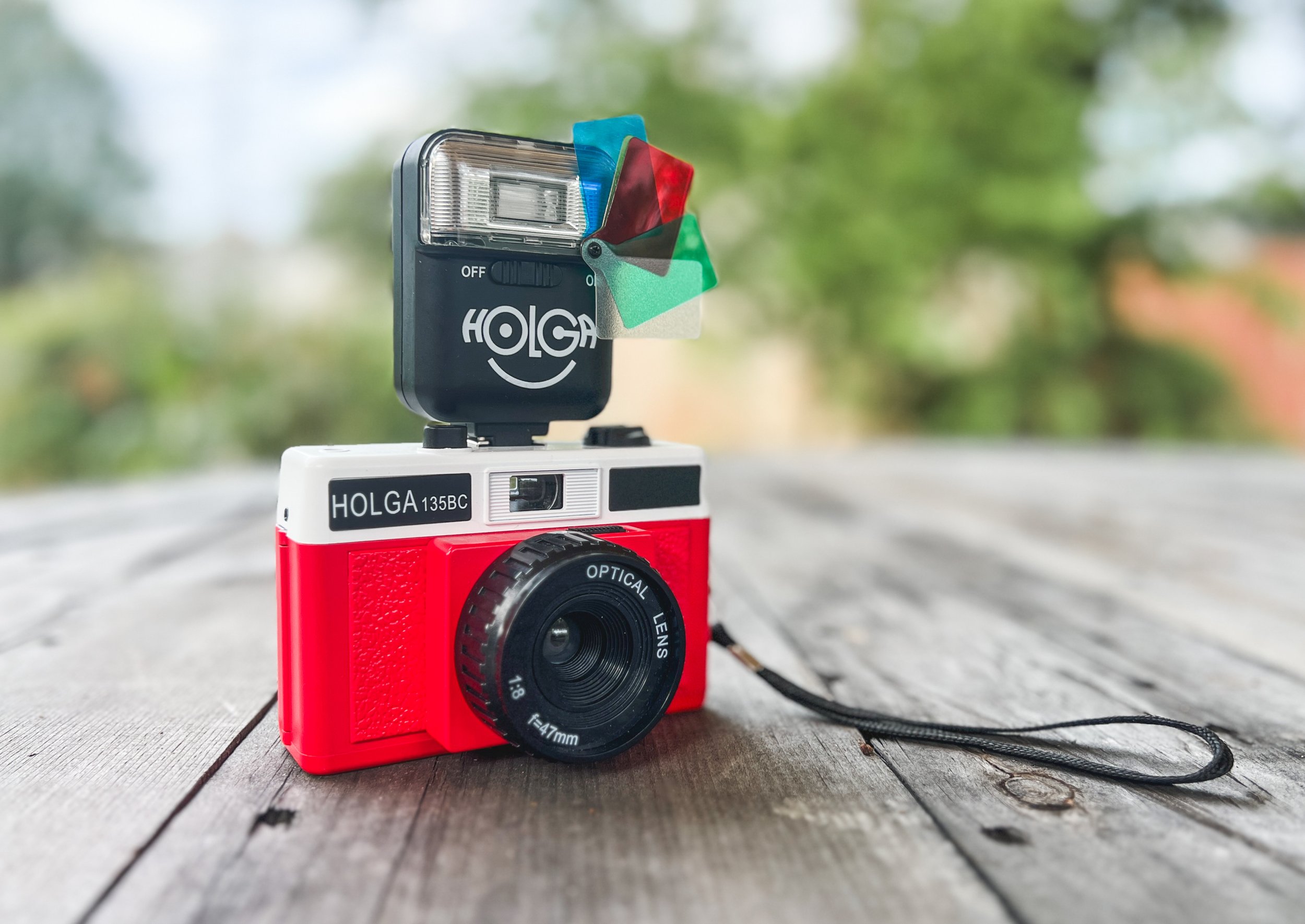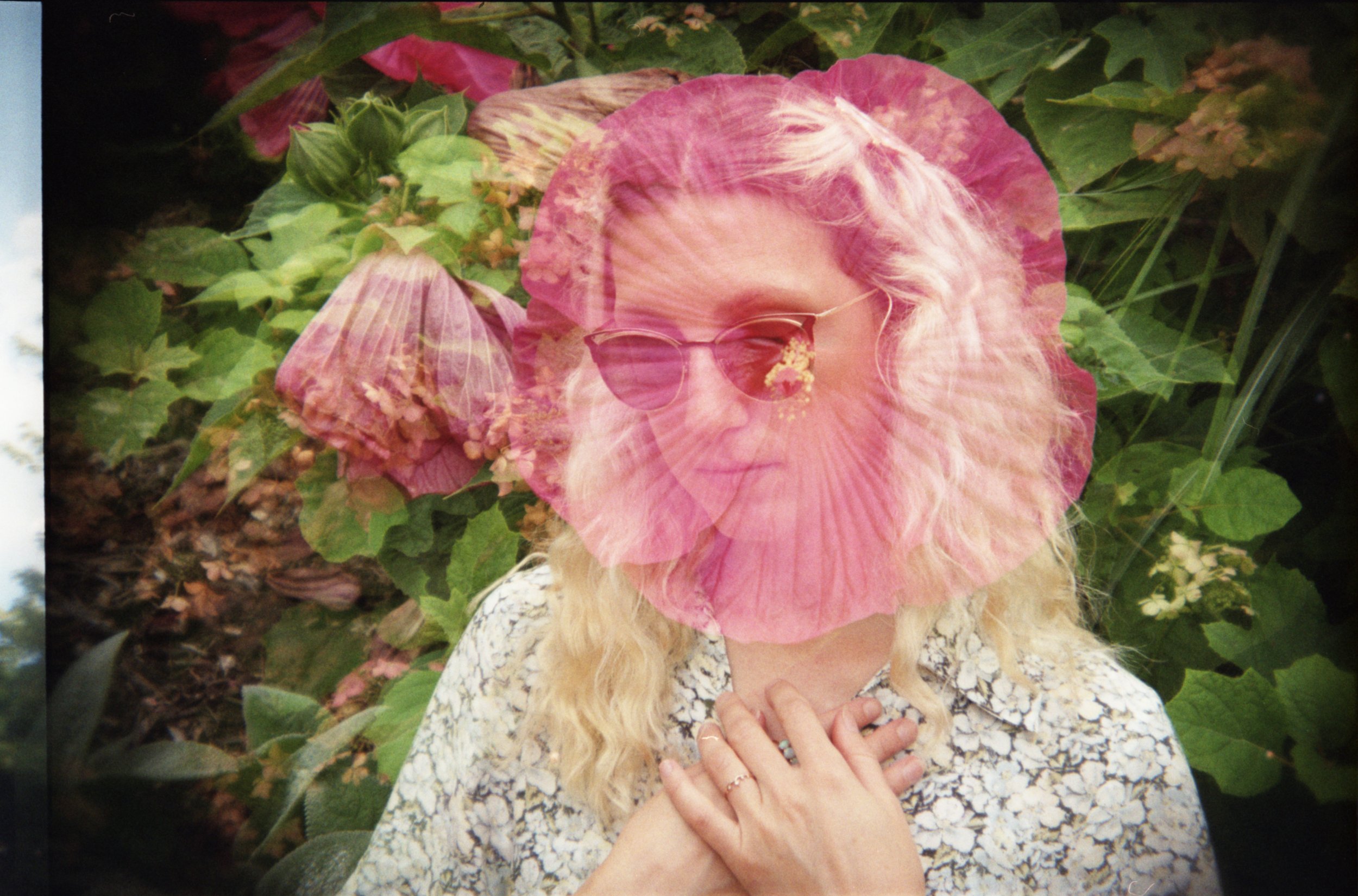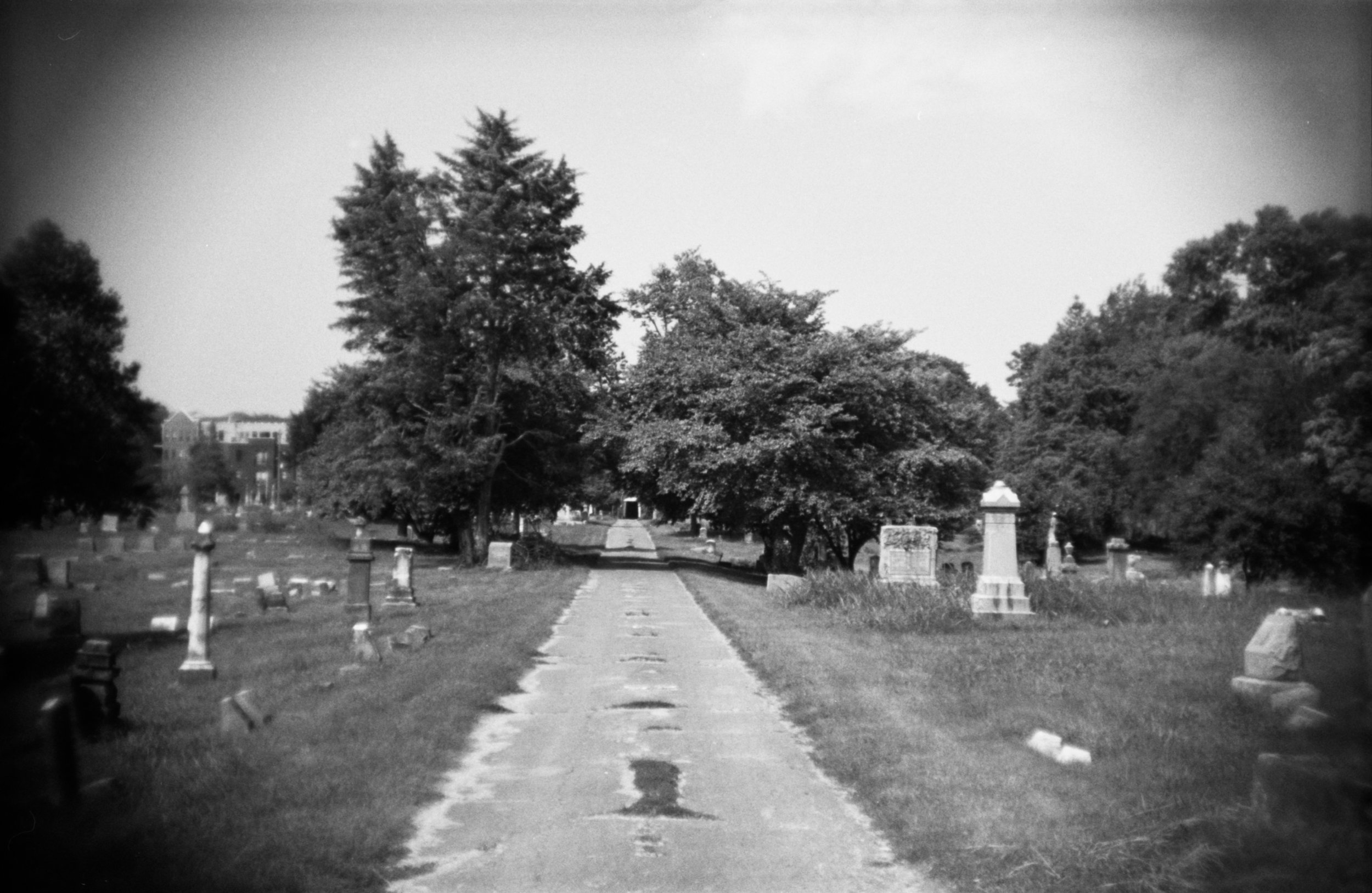(By using the links and/or codes below it supports Myles Katherine Photography. We may get a small kick back by you doing so.)
IS THE CANON 50MM 1.2L USM LENS WORTH THE PRICE?
You all know that the Canon EF 24-70mm f/2.8L II USM is the one lens I can’t live without. But if someone were to ask me, “Which lens takes the most beautiful photos?” it would be the Canon EF 50mm f/1.2L USM. I wanted to share a few of the reasons that this lens is so special, because if I wasn’t such a zoom lens girlie, this one would be my #1. It’s a truly incredible, versatile lens with amazing low-light capabilities and stunning bokeh. I’ll dive more into the details below, but I’m sure you can already tell this review is definitely a rave!
IT’S THE BEST LENS FOR LOW LIGHT IN ITS CATEGORY
With a 1.2 ultra-wide aperture, you can’t get any better than that. As a wedding photographer, this lens has saved me multiple times in low-light situations. It can find and pull light from any situation, even when there isn’t any! Once the sun goes down at a wedding, I typically pop on a flash (I use the Canon Speedlite 580EX II and/or the Speedlite 430EX II) to use with my zoom lens on my Canon 5d Mark IV, and then I’ll use my Canon EF 50mm f/1.2L USM with my Canon EOS R because it doesn’t need a flash! Having that blend of flash photos with naturally lit photos gives my photos variety for my client. This combination has become my go-to for weddings. It’s the best low-light set-up I’ve ever had. I actually kind of hate using my 24-70mm with the EOS R because I find the photos to look a little too sharp and digitized. It’s hard to explain, but the softness that comes along with the 1.2L lens when you’re shooting with the aperture wide-open just seems to work perfectly with the natural sharpness of the EOS R.
2. IT TAKES ABSOLUTELY BEAUTIFUL PORTRAITS
If you’re a portrait photographer, you need this lens. With the beautiful bokeh that this lens is capable of, you can create the most dreamy, emotive portraits. When I take my wedding couples out into a field or up on a hillside for portraits, I focus on using this lens for close-up portraits and I use my zoom lens for wider shots. Beginner photographers always ask me, “But how do I get that blurry, dreamy background in my photos that I see on Pinterest?” The answer is, this lens! Now, it’s definitely not a cheap lens at $1399, but I promise you it’s worth every penny. If you’re really on a budget, I recommend buying a used version from KEH Camera or eBay (just make sure you’re buying from a reputable seller on eBay with great reviews)! And just between you and I, the Canon EF 50mm f/1.4 USM lens is very similar, but substantially cheaper. It’s a great starter lens and will get you super excited to eventually upgrade to the f/1.2L lens. Sometimes, I even find myself missing my 50mm f/1.4 lens because I captured some incredible photos with it. But I know the 1.2L lens is much better in many ways, but still. Something about that f/1.4 lens was special! And it’s amazingly only $400!!! You can find it on Amazon here!
3. IT’S SURPRISINGLY VERSATILE
While it is a fixed focal length which can be limiting, in my opinion 50mm is the perfect length for versatility. I used to own the Canon 85mm f/1.2L lens, which is an incredible portrait lens (and I was so sad to sell it!), but I found it to be a bit too zoomed in for my liking. I noticed myself having to back up far too often to get the shot that I wanted. It was amazing for headshots, but that was about it so I ended up selling it, sadly. 50mm is closer to what your eye naturally sees, so it’s just a bit more intuitive. Plus, it’s just wide enough to capture a small group of people as well, so for that reason, it’s also ideal for weddings. You have to be quick on your feet and ready for anything at a wedding, and I find the 50mm to work perfectly as a designated portrait lens that’s also capable of more complex situations. I’ve spent the last 10 years perfecting my 2-camera wedding set-up and I couldn’t do it with the 50mm f/1.2L. I’ve even tried a 35mm fixed focal length, but it didn’t give that same dreamy, portrait feeling that I’m always looking for when it comes to photographing the couple. And when I needed a 35mm vibe, I would just use my 24-70 mm zoom lens to get wider shots.
4. IT’S A GREAT EVERYDAY LENS
You can really use this lens for any kind of photo shoot that you’re asked to do. I’ve used it for events, musicians, portraits, weddings, fashion, food photography… the list goes on. It comes with me to every shoot because this is really the lens you need to impress your clients. Sometimes with a zoom lens, it can be hard to create those expensive-looking photos since you’re limited by the aperture of f/2.8L. If you shoot with the wide open f/1.2 aperture on the 50mm, you can create some images that will truly wow your clients. It makes everyone look beautiful and gorgeous, and it doesn’t distort features in the way that a zoom lens can. I tend to shoot closer to the f/1.4-2.0 range because sometimes the f/1.2 can be a bit too soft. However, if that’s what you’re going for, you’ll love this lens.
5. FOR THE PRICE, IT’S AN INCREDIBLE DEAL!
When this lens first came out, the original RRP was $2499. With the introduction of the new RF line of lenses, the price of L series lenses has gone down quite a bit. This is great news because $1399 is actually an amazing price for this lens. While the new RF lenses are supposed to be incredible, the RF 50mm 1.2L is substantially more expensive at $2299 (almost $1000 more)! Not to mention, if you are shooting with a Canon camera with an EF mount (like the 5d Mark IV), then you’ll have to buy an adapter for the RF lens, which is another $129. Plus, there are so many options out there for buying used gear. For expensive gear, I nearly always buy used to save a few hundred dollars. However, if you have the money to invest in a new lens, it’s always worth it. You can go into it knowing that you’ll have years of shooting with it without a problem. And if someone dropped it or got it wet without telling you before you bought it, you wouldn’t have to pay the consequences when suddenly the autofocus or other mechanisms within the lens stop working and you end up spending $500 for Canon to repair it.
SO, IS THE CANON 50MM F1.2L WORTH THE PRICE?!
I’ll always have to say yes on this one. Especially because there are options out there to buy it a little bit cheaper if you’re on a budget. I would honestly die for this lens because the photos it takes are so dang gorgeous. Is that going a bit too far? Maybe! But it’s hard to put into words just how magical this lens is! My sister-in-law pretty much shoots exclusively with the 50mm 1.2L and her work just always looks so beautiful. It’s a great lens for creativity too, as the focal length adds a bit of surreality to your images. While 35mm is technically what your eye actually sees, 50mm is a tiny bit more zoomed in, adding a level of intimacy that we aren’t used to seeing with the naked eye. But it’s not so zoomed in that it’s difficult to work with, like the 85mm f/1.2L lens. It’s a perfect lens for a beginning professional because it automatically takes your photos to a new level. I’ve included a ton of sample photos below so you can decide if this lens is for you!
WHERE TO BUY
If you do decide to take the plunge, here are some options for where to pick one up:
CANON 50mm 1.2L USM Lens
Amazon
KEH Camera (for used options)
eBay (for used options)
CANON 50mm 1.4L USM Lens
(the budget option that is also a great lens)
CANON RF 50mm 1.2L USM Lens
(if you want to splurge and/or prefer an RF Mount Lens)
CANON EF-EOS R Mount Adapter
(I use this to attach my 50mm 1.2L to my Canon EOS R)
Hope that helps! Feel free to leave any questions/comments below. Best of luck in your photography journey! Thanks so much for stopping by!
<3 Myles Katherine








